Lyon, France – A City of History, Charm, and Gastronomy
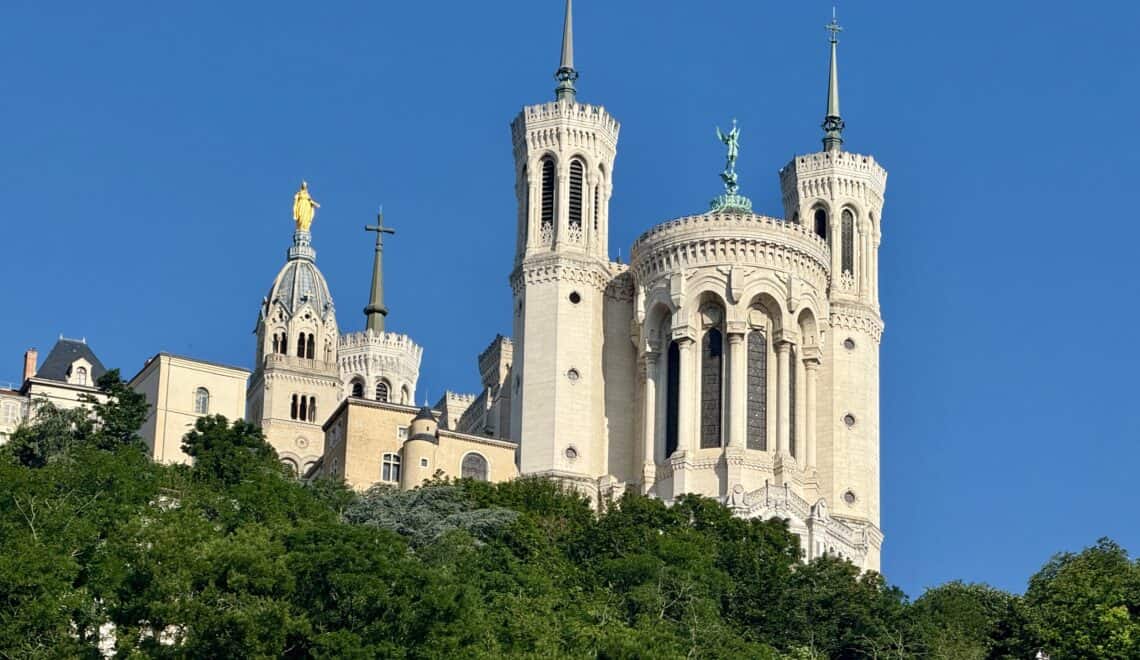
Lyon is France’s third-largest city (after Paris and Marseille), and has been inhabited since prehistoric times. It was an important city in the Roman Empire, then known as Lugdunum. This picturesque, elegant city is situated around two rivers: the Rhône and the Saône (they rhyme). An array of clean, easy-to-use public transportation options whisk visitors from one side of the city to the other.
Just a two-hour train ride from Paris, some guidebooks and travel blogs suggest Lyon can be seen on a day trip. Mais non! A minimum of 3 nights is needed to even scratch the surface of this city.
** Please note that this page contains affiliate links, meaning we may earn a very small commission if you book through them (at no extra cost to you).
Table of Contents
Where to Stay
Many attractions in Lyon are located in Vieux Lyon (Old Town), on the Saône River, and in the Presqu’île, which is the peninsula between the two rivers. We recommend staying in one of these areas. The trendy, laid-back Croix-Rousse neighborhood, just over a mile north of the Presqu’île, can be a good choice as well.
If you’re in the mood for a splurge, consider Villa Florentine in Vieux Lyon. The small boutique hotel sits high up on Fourvière Hill and offers breathtaking views of the city. In our decades of travel, we have never encountered better customer service than at Villa Florentine. Not stuffy or formal, just warm, genuine, helpful, and abundant.
It does require climbing a significant number of steep stairs to go between the hotel and the main area of Vieux Lyon. (Or a very quick taxi or hotel shuttle ride.)
Other well-regarded and well-located hotels include Cour des Loges Lyon or Le Phénix in Vieux Lyon, and Carlton Lyon or Mercure Lyon Centre Beaux-Arts on the Presqu’île.
Activities & Museums
Take a stroll
Lyon is a glorious city. Perhaps the best way to experience it is to just take a walk, preferably stopping at a café for a snack and some people-watching along the way. Highlights include walking along the Saône Promenade, along the banks of the Rhône, and exploring some of the iconic squares, including Place des Terreaux, Place Bellecour, Place Saint-Jean, and Place des Jacobins.
Discover the City with a Food Tour
If you’ve read our information on other big cities, you’ll already know that we find immense value in taking a food tour, preferably at the earliest possible time in the trip. Food tours always reveal the history and culture of the city, and give you a chance to get some tips from the local people. Plus… food!
Lyon’s history and culture, even more than most places, are deeply intertwined with food, and the city cannot be fully understood without learning about it.
We highly recommend Lyon Food Tours, but there are also several other well-rated companies, listed here, offering tours.
Explore Vieux Lyon (Old Town)
Vieux Lyon, a UNESCO World Heritage Site, is one of Europe’s most extensive Renaissance neighborhoods. It is impossibly beautiful. The narrow, cobblestone streets are pedestrian-only (other than delivery vehicles). It is chock full of boulangeries, cafes, chocolate shops, restaurants, art galleries, historic monuments, jewelers, ice cream shops, clothing shops, and incredible architecture. Particularly charming streets to walk down include Rue Saint-Jean & Rue du Bœuf.
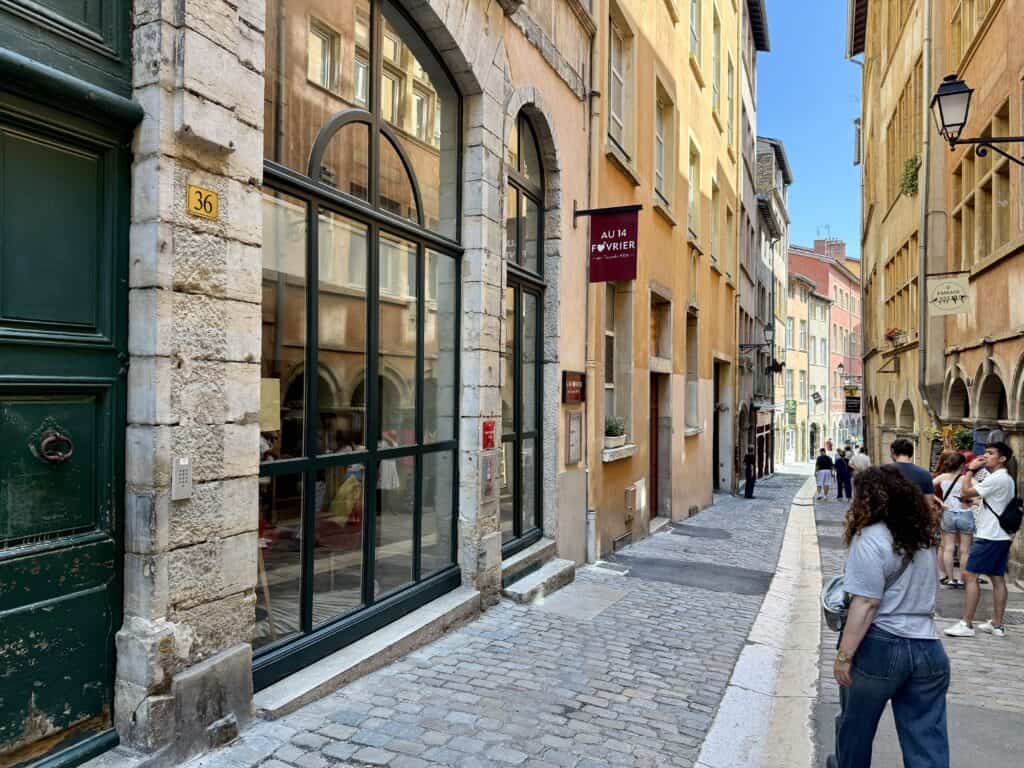
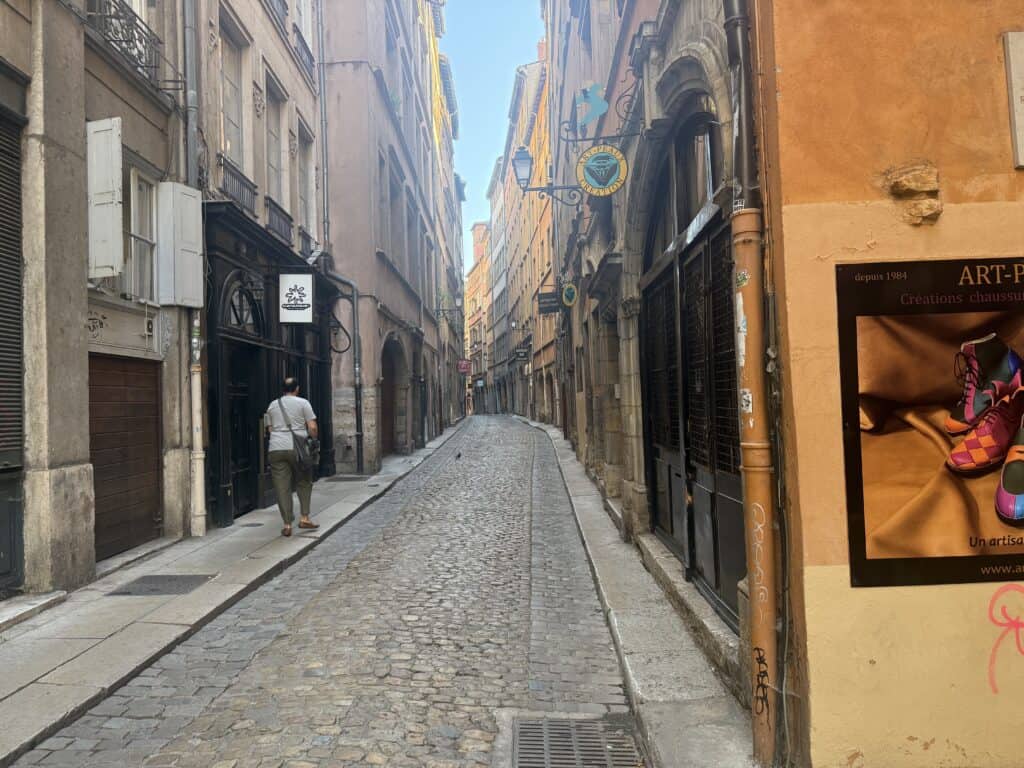
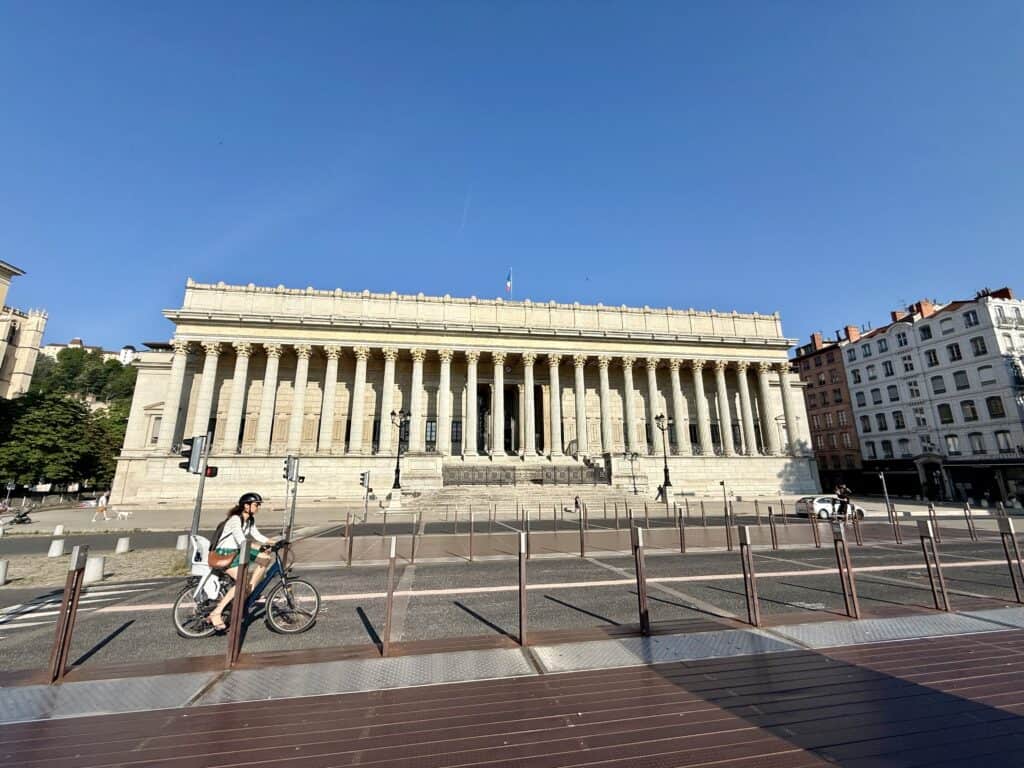
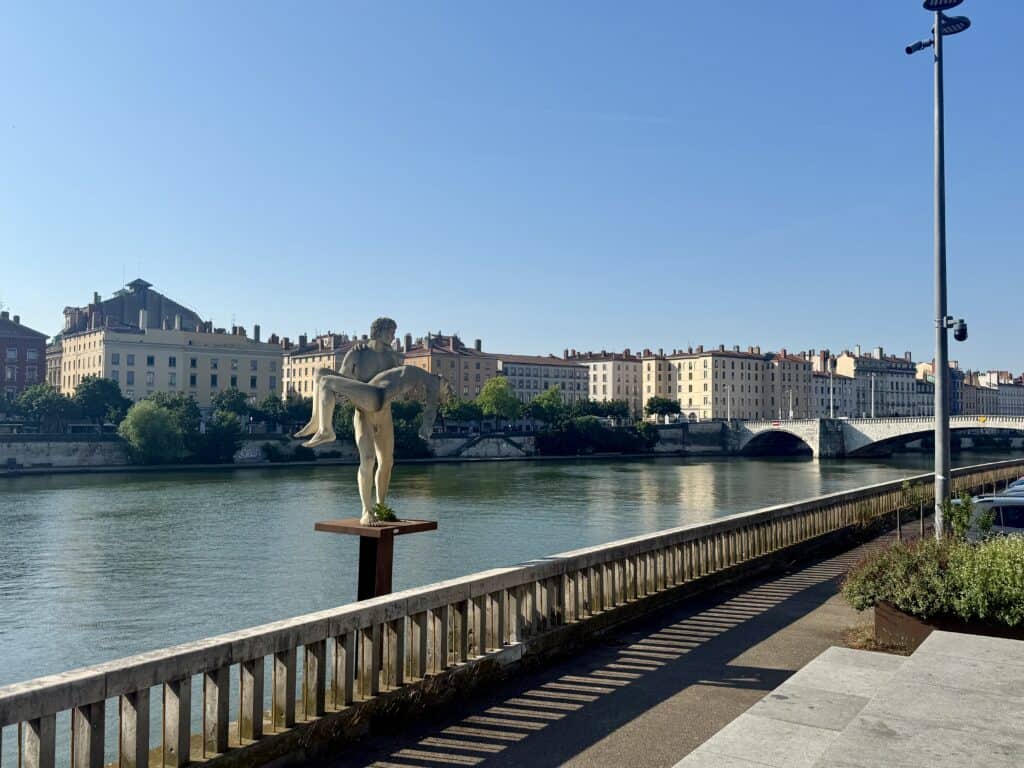
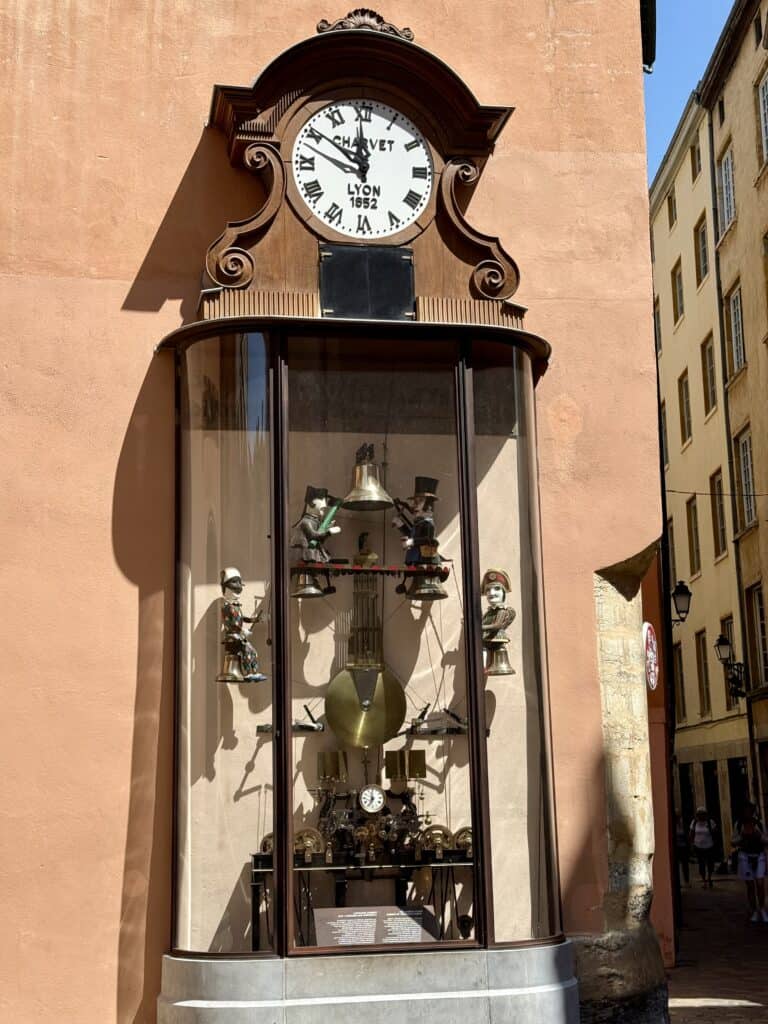
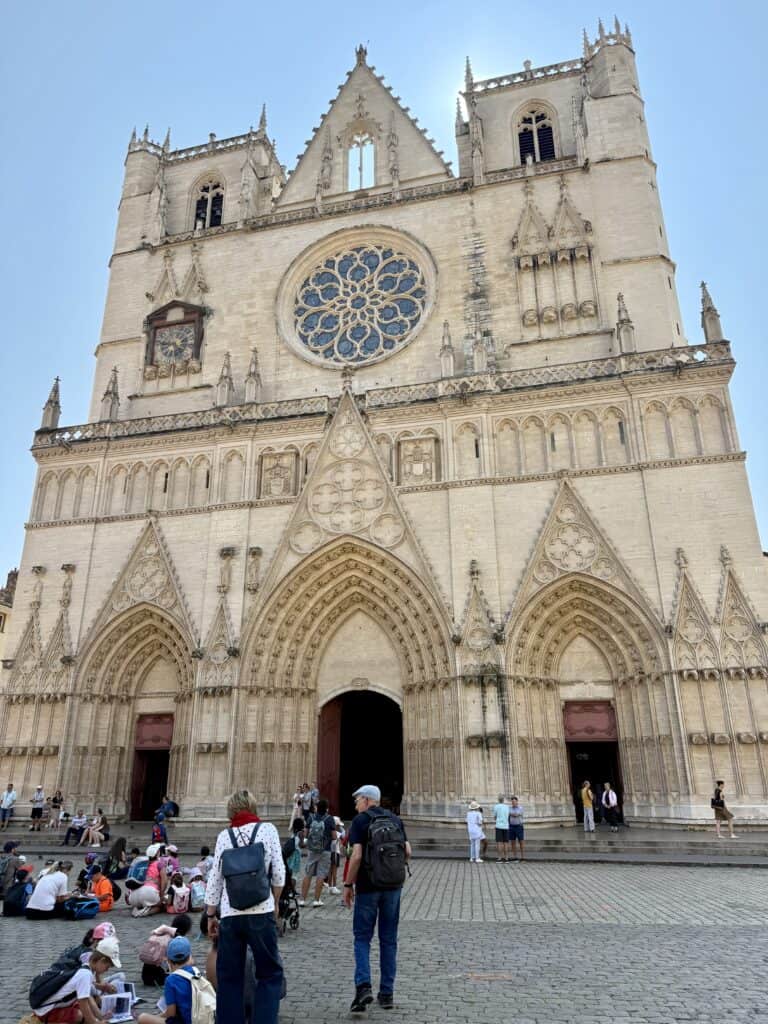
The streets of Vieux Lyon have secrets! There are hidden passageways, called traboules. They lead from one street to another, up and down staircases, and to concealed courtyards. Each one is unique. Some of them date back to the 4th century, and allowed inhabitants to move quickly from the top of the Fourvière Hill to the river. Later, a more expansive maze of traboules allowed silk workers to take shortcuts as they carried their heavy loads, and also provided locations for the workers to gather for meetings. During World War II, French Resistance workers hid in them.
It is said there were once as many as 400 traboules in Lyon. Today, there are around 40 public passageways left, and they are marked with a small plaque that can be easy to miss. But when you do see a plaque, it’s rewarding to open the door and see what’s in there! The longest one open to the public is located at number 54, Rue Saint-Jean. It leads visitors through five courtyards to reach Rue du Boeuf, at number 27.
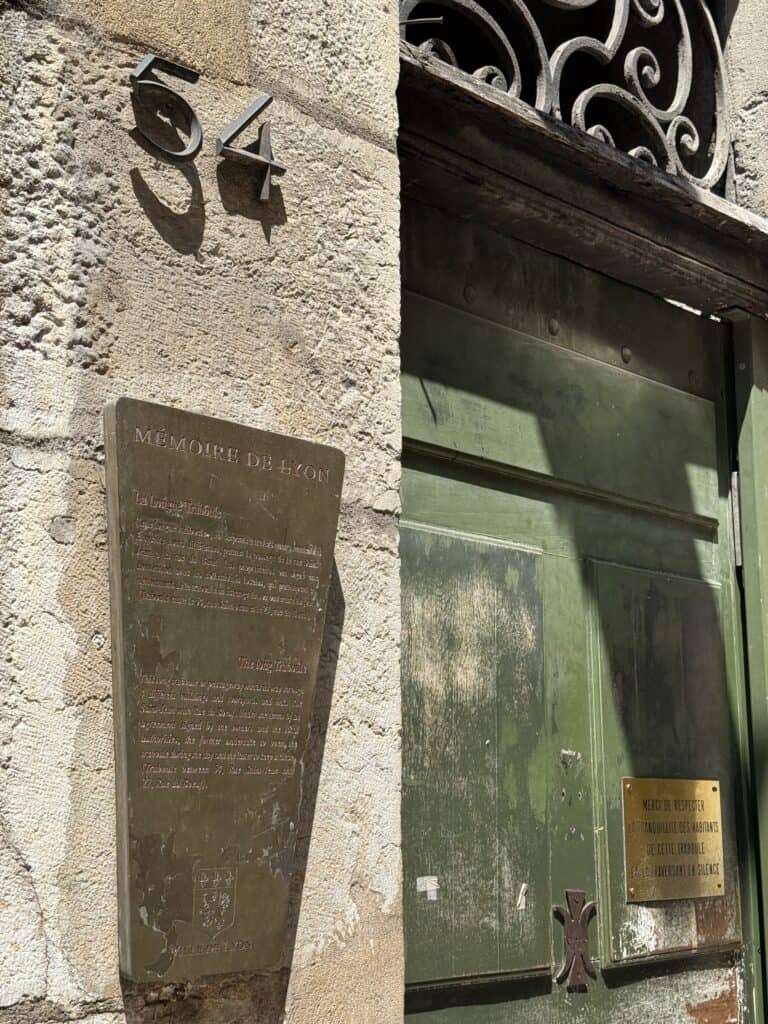
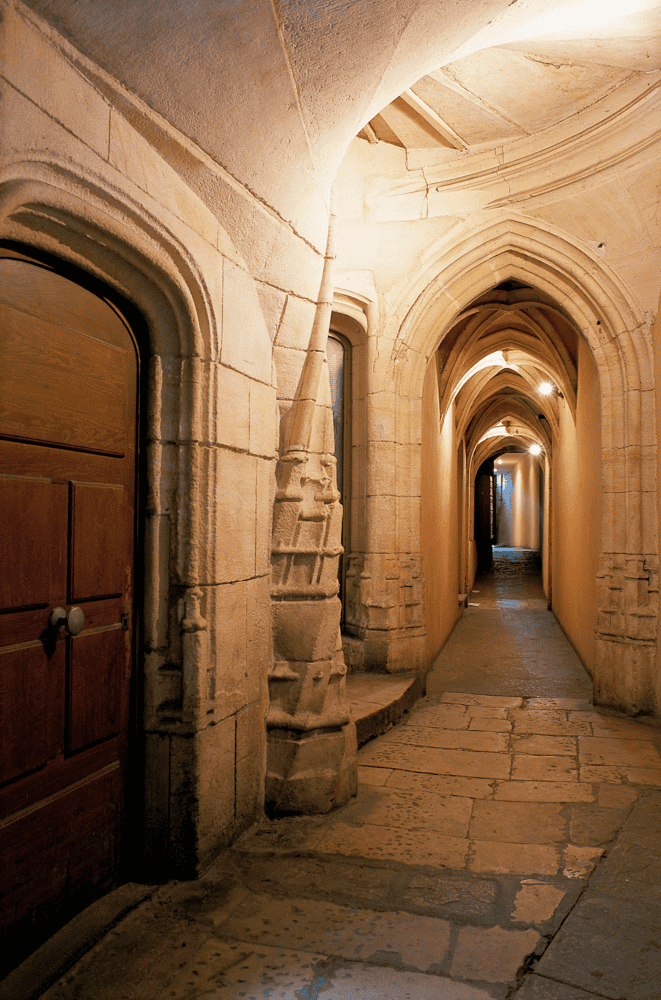
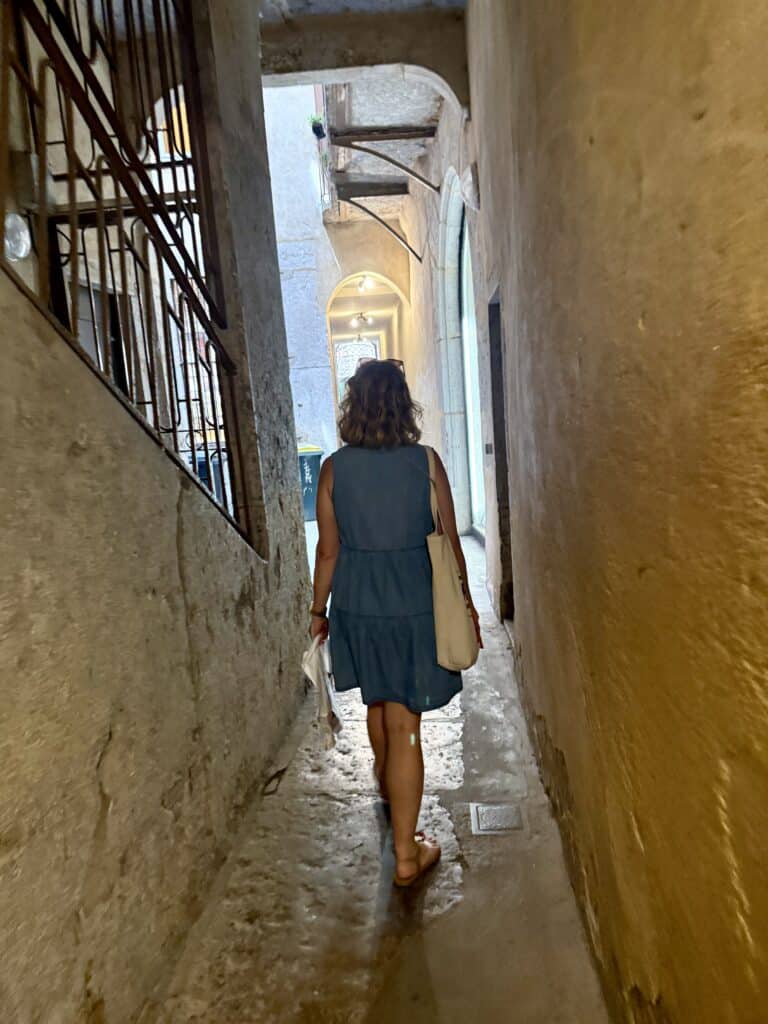
While in Old Town, don’t miss the Basilica or the Museum of Cinema & Miniatures, described separately, below.
Basilica of Notre-Dame de Fourvière
The Basilica is a towering presence at the very top of Fourvière Hill, (“the hill that prays”), and is visible throughout the city. Built in the late 1800s, it is a spectacular building with expansive views on all sides. It is dedicated to the Virgin Mary, who is said to have saved Lyon from the bubonic plague that raged through Europe in 1643. To this day, Lyon celebrates the miracle each December by lighting candles throughout the city, in the Fête des Lumières or the Festival of Lights.
Inside, the Basilica is ornately decorated with mosaics, marble, and huge stained-glass windows. Photos are not permitted, so credit for the interior photo (below) goes gratefully to fourviere.org. The church, the crypt, and the gardens are free to view. A guided tour of the roof is available seasonally, for a fee.
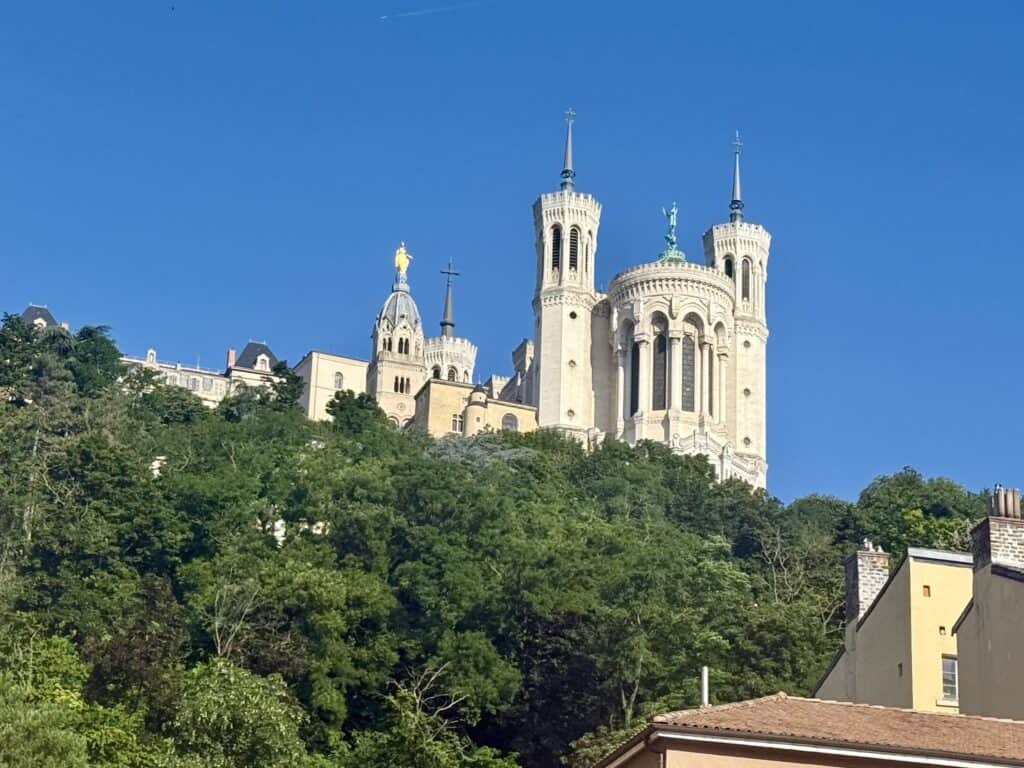
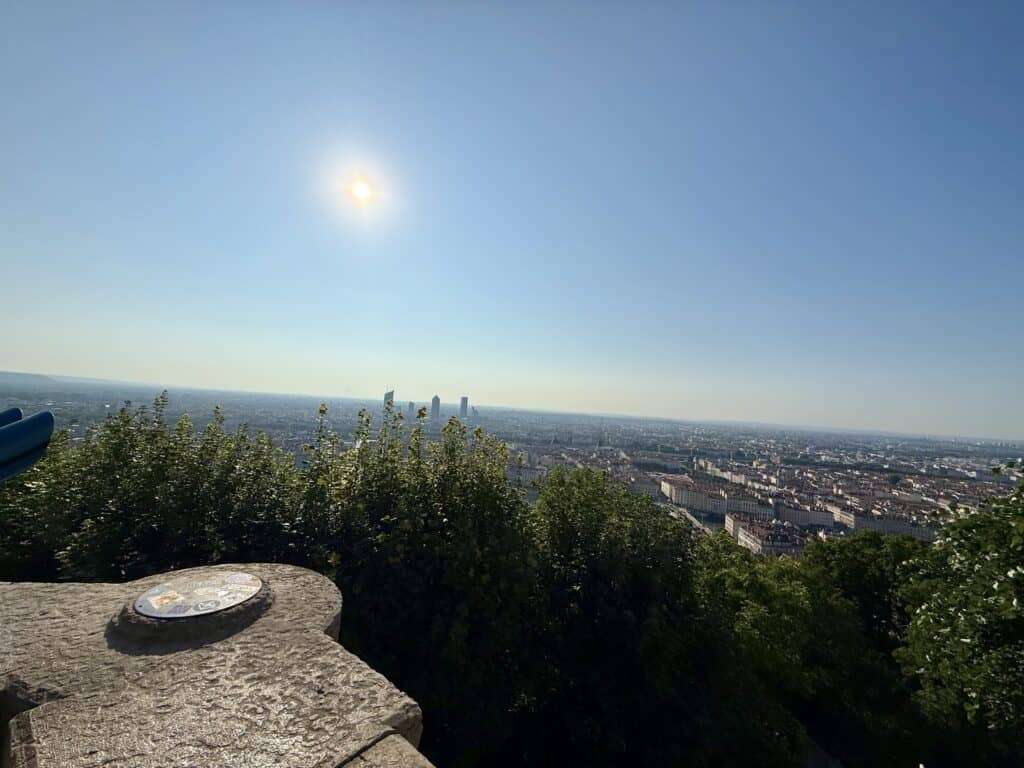
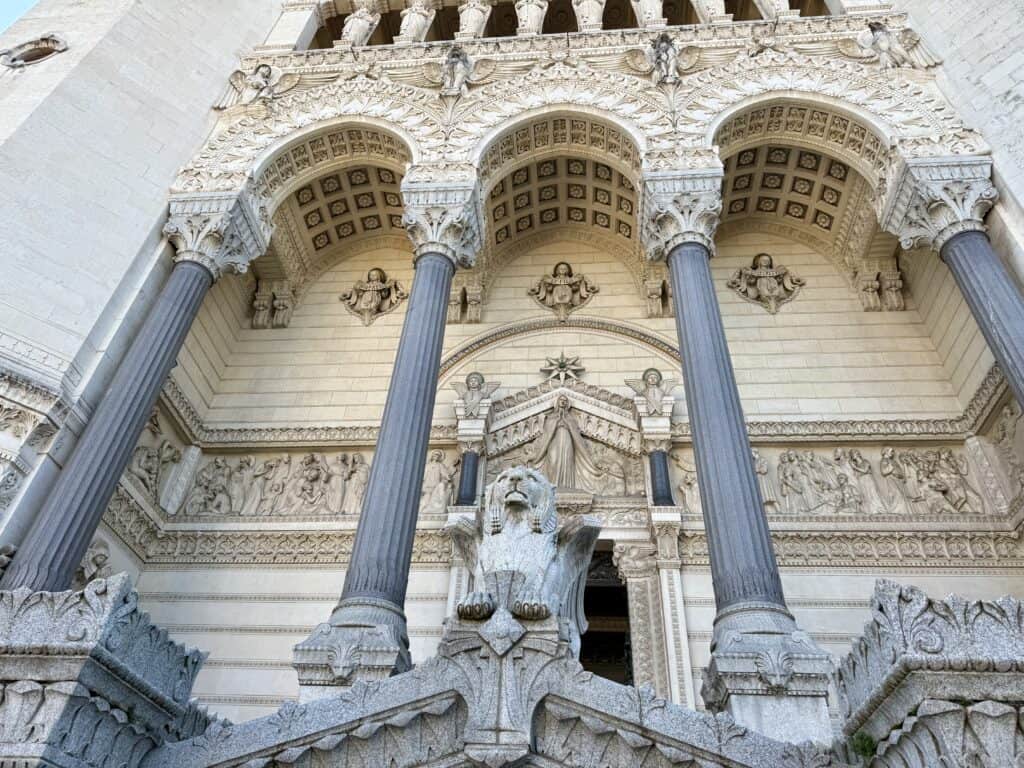
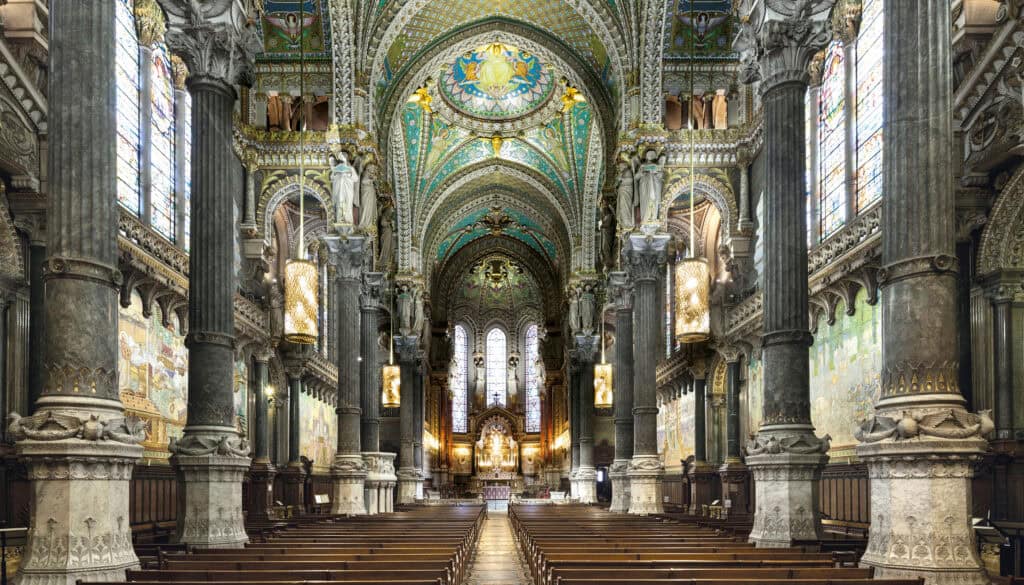
Just a few minutes’ walk down from the Basilica is the Lugdunum Museum, containing artifacts from the ancient Roman city of Lugdunum, dating back to 43 B.C. The museum is almost hidden, as it is built right into Fourvière Hill. Highlights include the impressive remains of a Roman amphitheater, which once seated more than 10,000 people and is still used for concerts and festivals, as well as the odeon (a smaller theater).
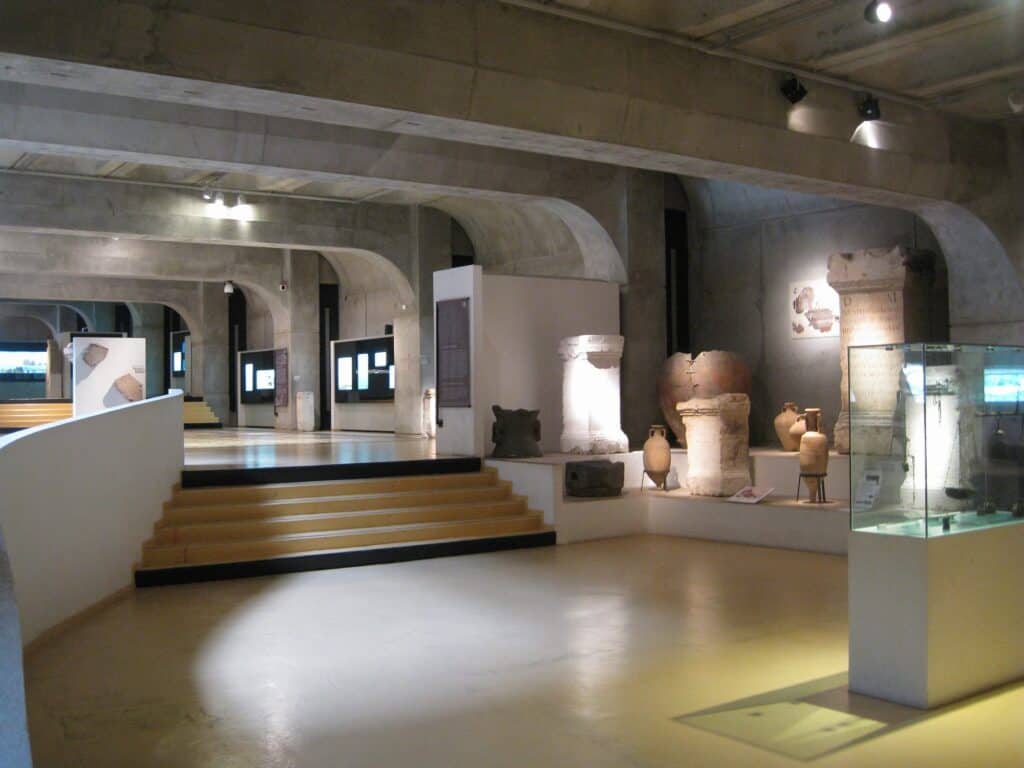
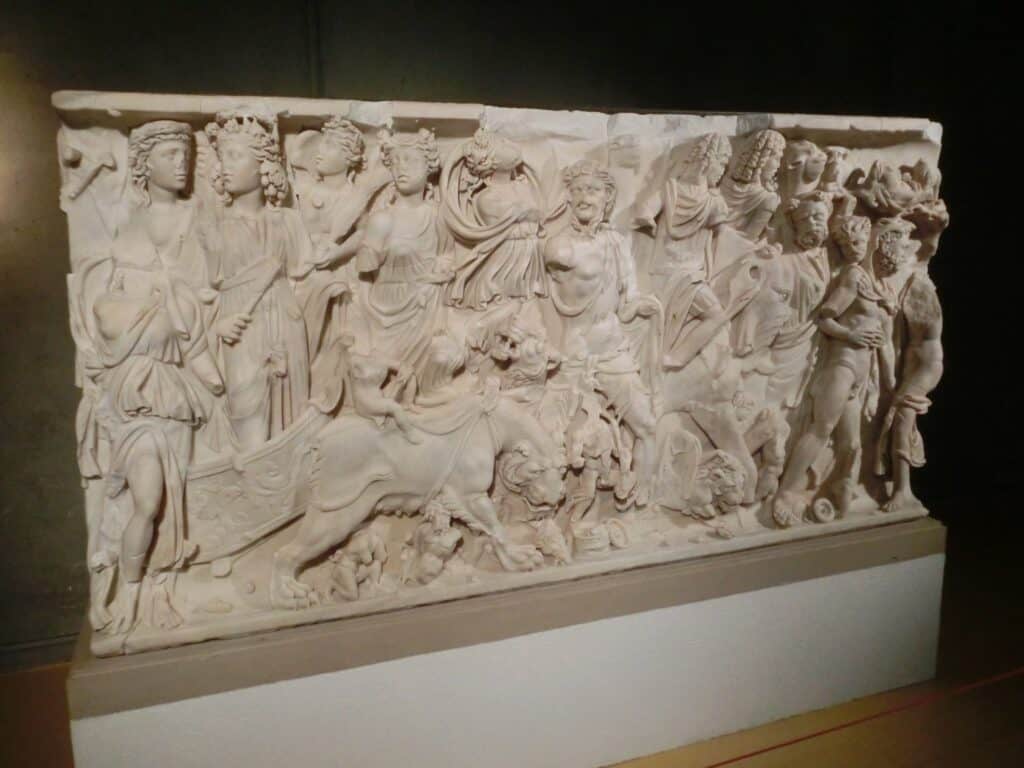
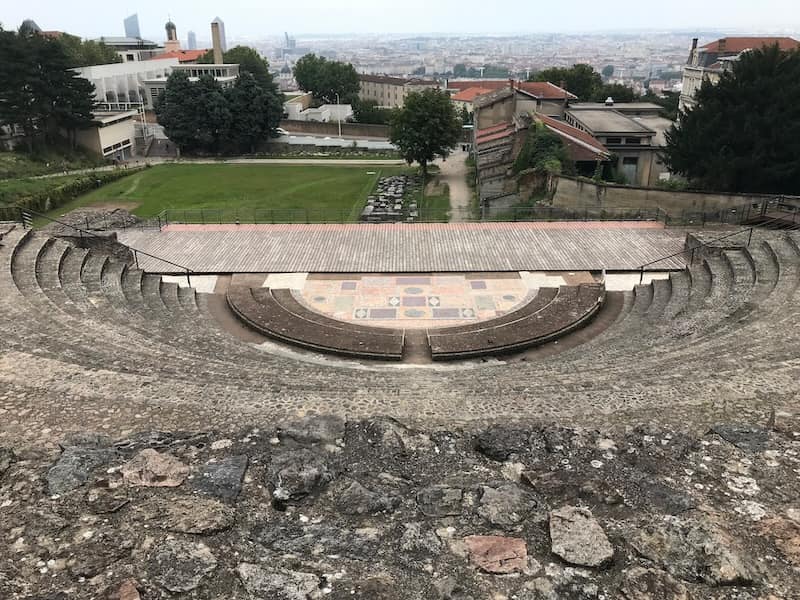
Getting to the Basilica and the Lugdunum museum is an adventure in itself.
A century-old, fun, inexpensive, and handicap accessible funicular runs carries visitors on about a 5-minute ride between the Basilica and the main area of Vieux Lyon. It runs multiple times per hour.
If you’re looking for a workout, you can opt to walk up the more than 500 steps instead. (No, thank you!)
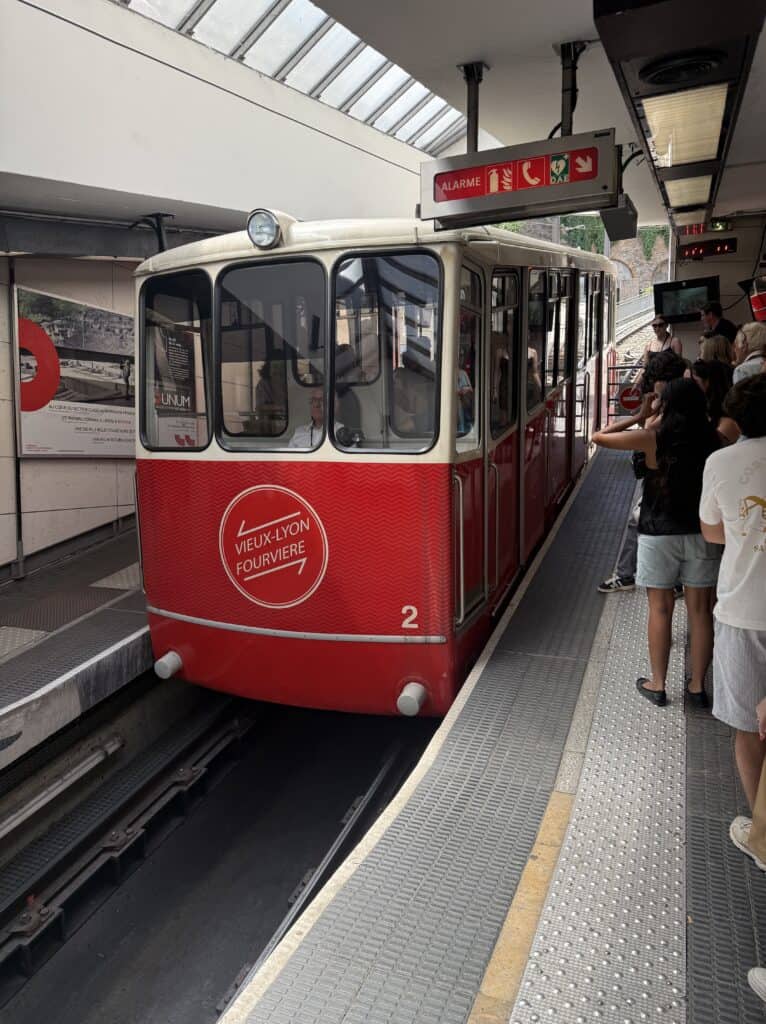
Museum of Cinema & Miniatures
Unexpectedly, we discovered that the art of cinema was actually invented in Lyon! Two brothers, Auguste and Louis Lumière, created the “Cinematograph” in 1895, the first three-in-one device that could record, develop, and project pictures. Voila! Motion pictures were invented.
Musée Cinéma et Miniature is right in Vieux Lyon and features sets and props used to shoot many famous films, including Star Wars, Indiana Jones, Alien, Thelma & Louise, the Harry Potter movies, Mrs. Doubtfire, Beetlejuice, Cast Away, Superman, and so many more. It also showcases amazingly intricate miniature scenes used in movies, including Top Gun, Batman, and Apollo 13.
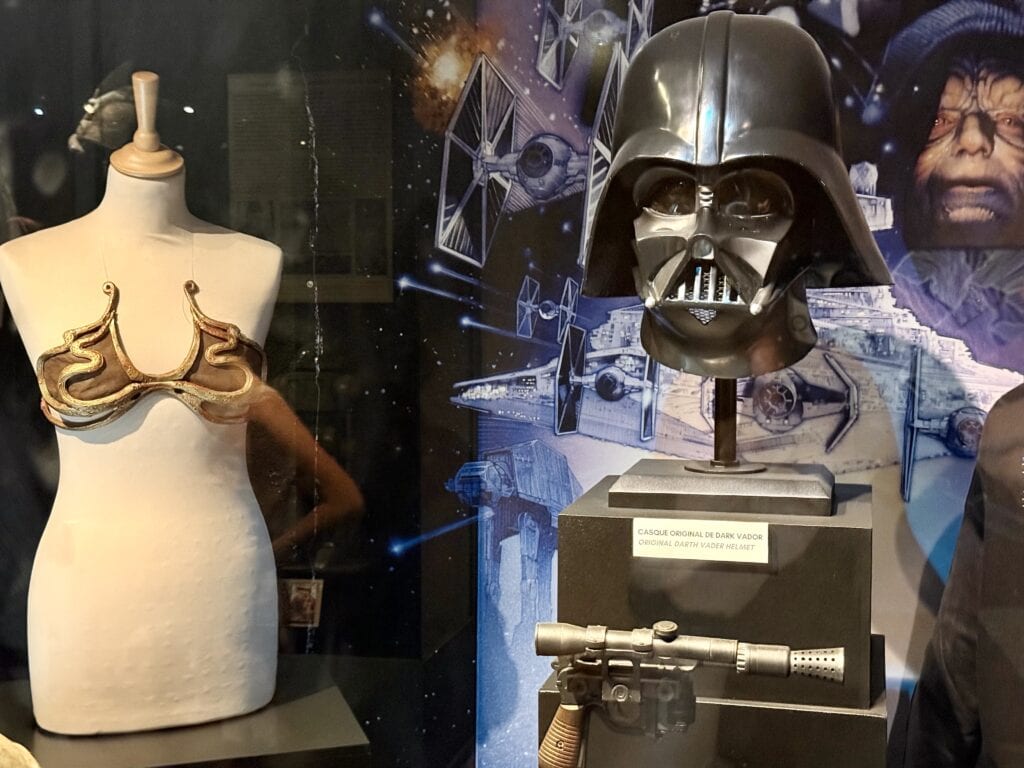
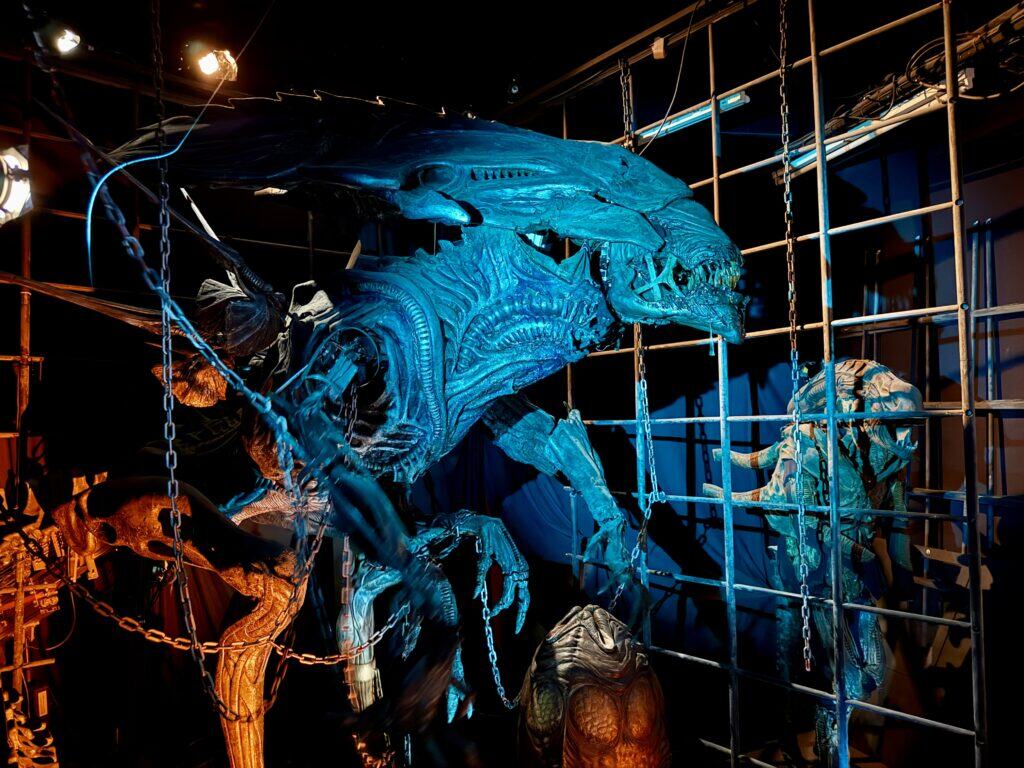
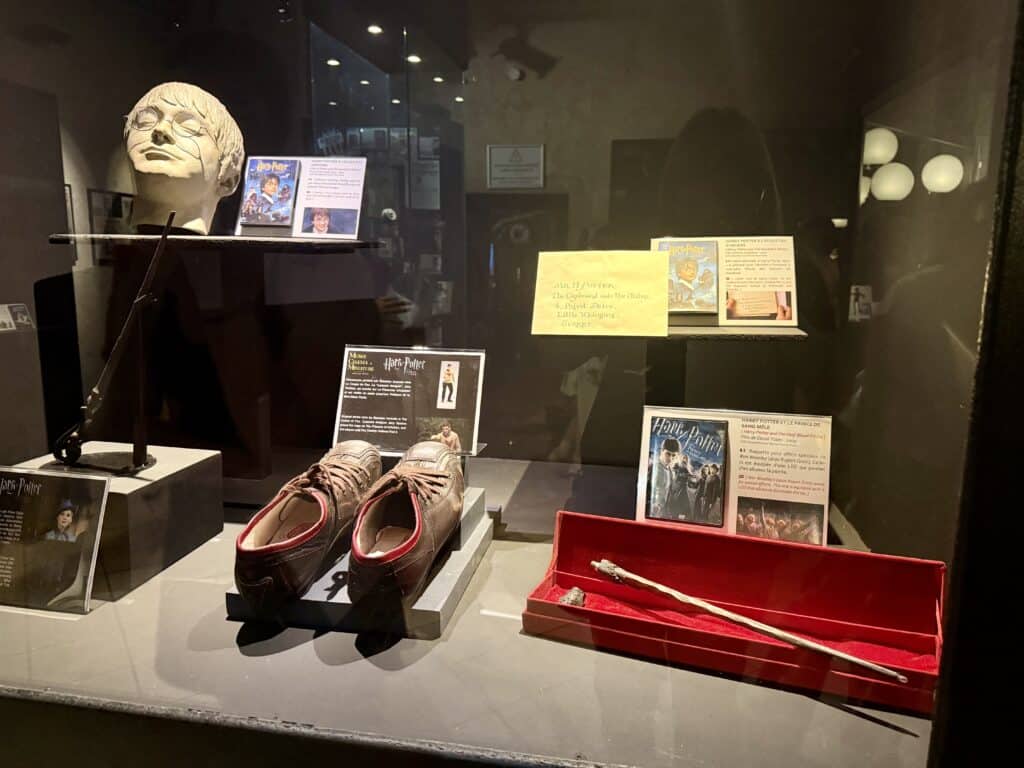
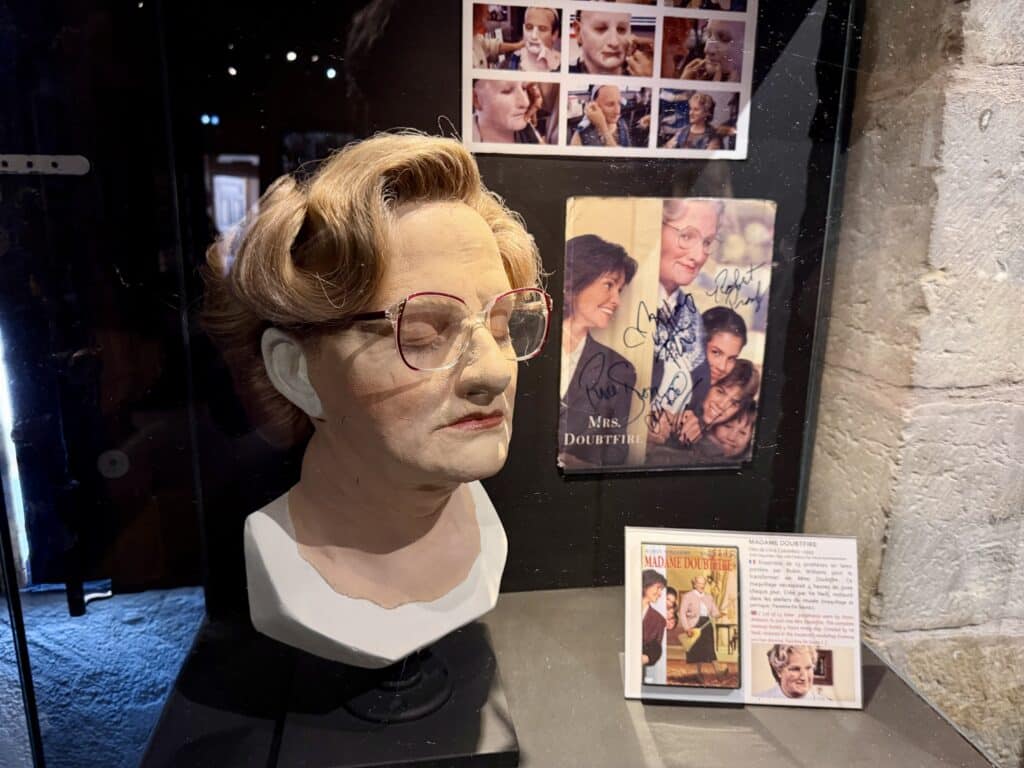
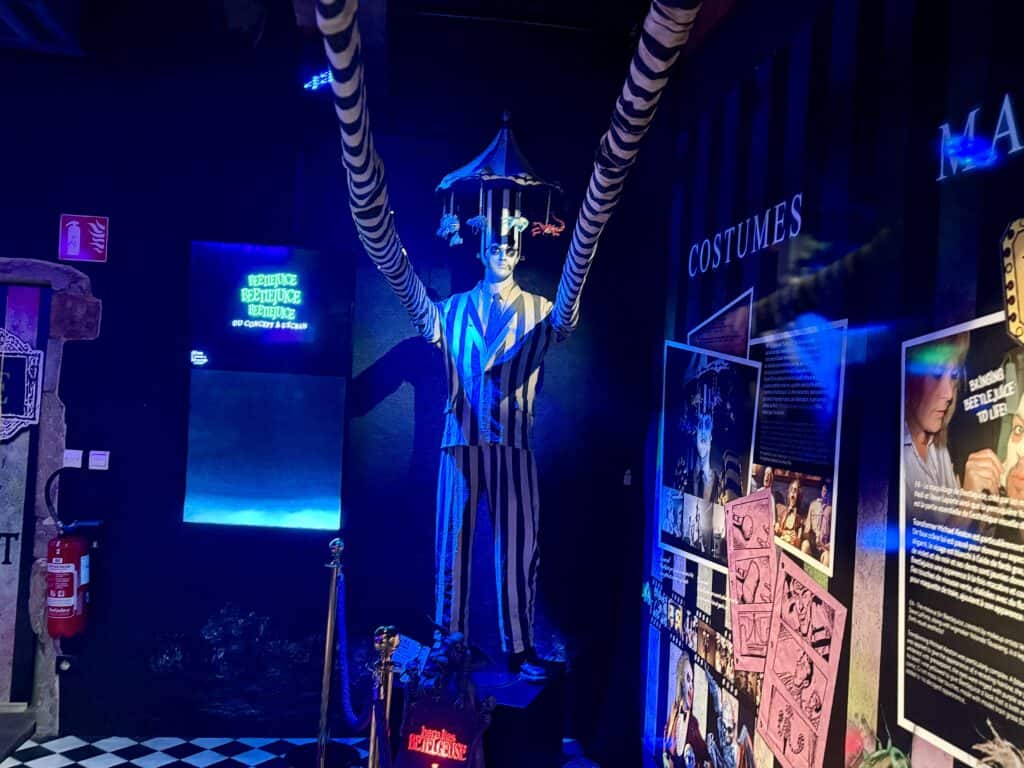
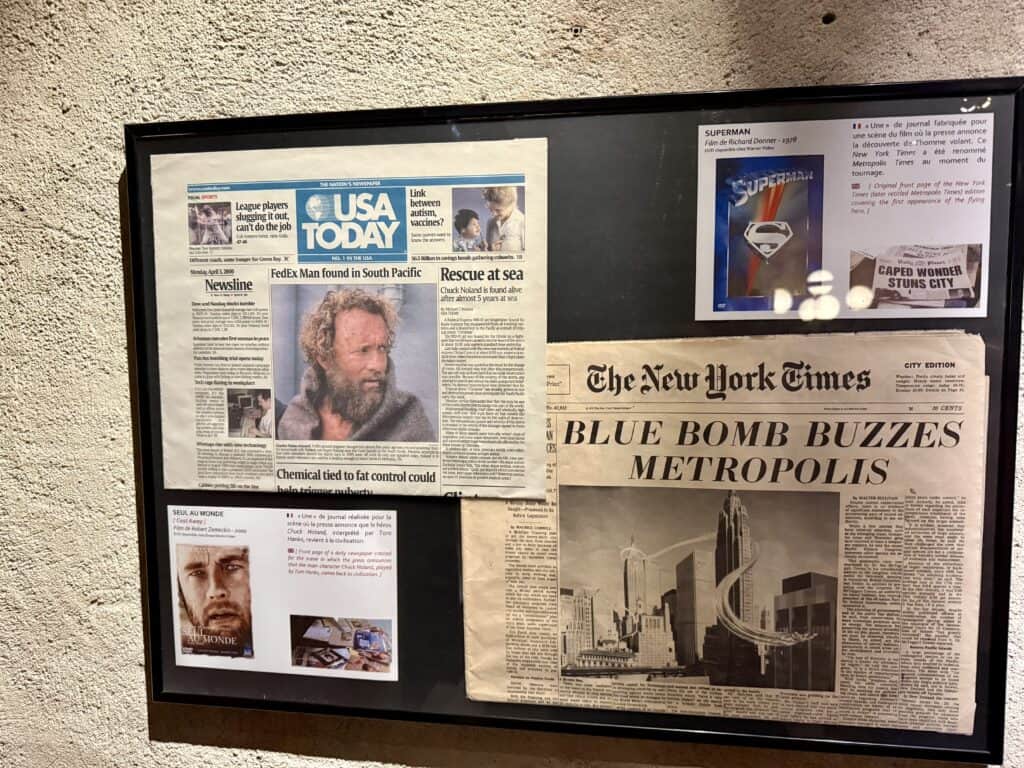
Museum of Fine Arts
Located in the beautiful Place des Terreaux in the center of Lyon, this excellent museum is housed in a 17th-century Benedictine abbey. Its entrance consists of peaceful gardens, a pond, and sculptures, and is lined with arcades.
The museum contains a huge collection of European art, displayed throughout 70 galleries, dating back to ancient Egyptian times. It is the second largest museum in France (after the Louvre).
From archeological artifacts, to a treasure trove of coins and jewelry, to an extensive sculpture collection, to paintings from the Renaissance through Contemporary Art, the museum has something for everyone. Impressionist art fans will be thrilled to find a large display including works of many of the greats, such as Monet, Cézanne, Renoir, Manet, and Degas.
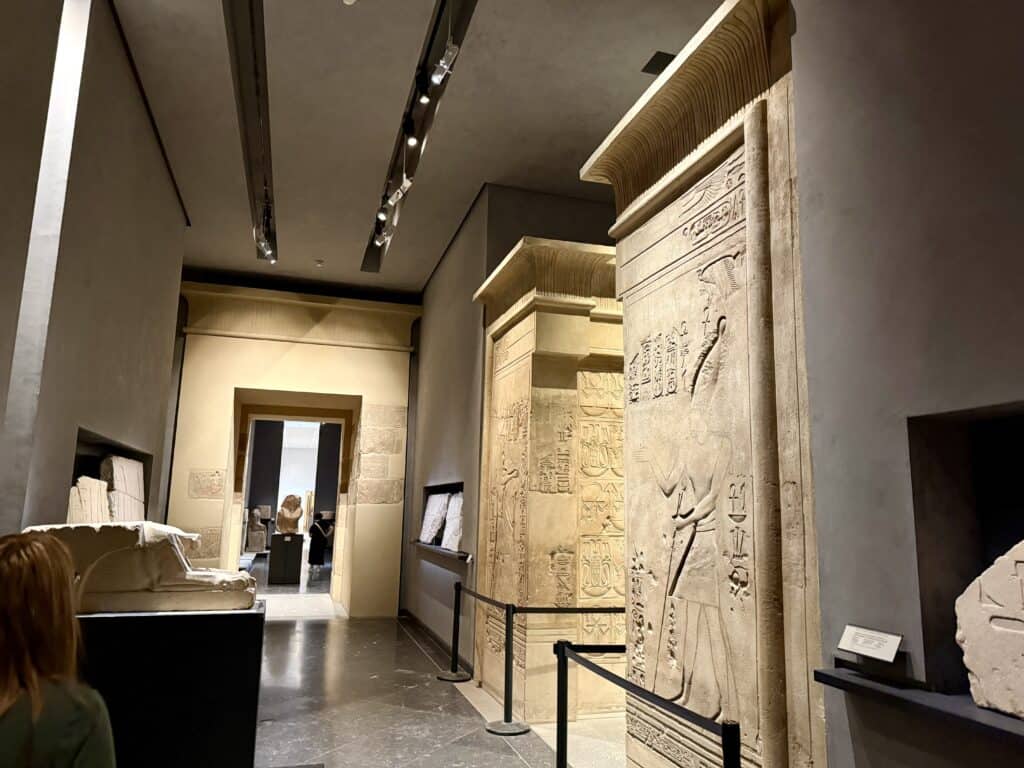
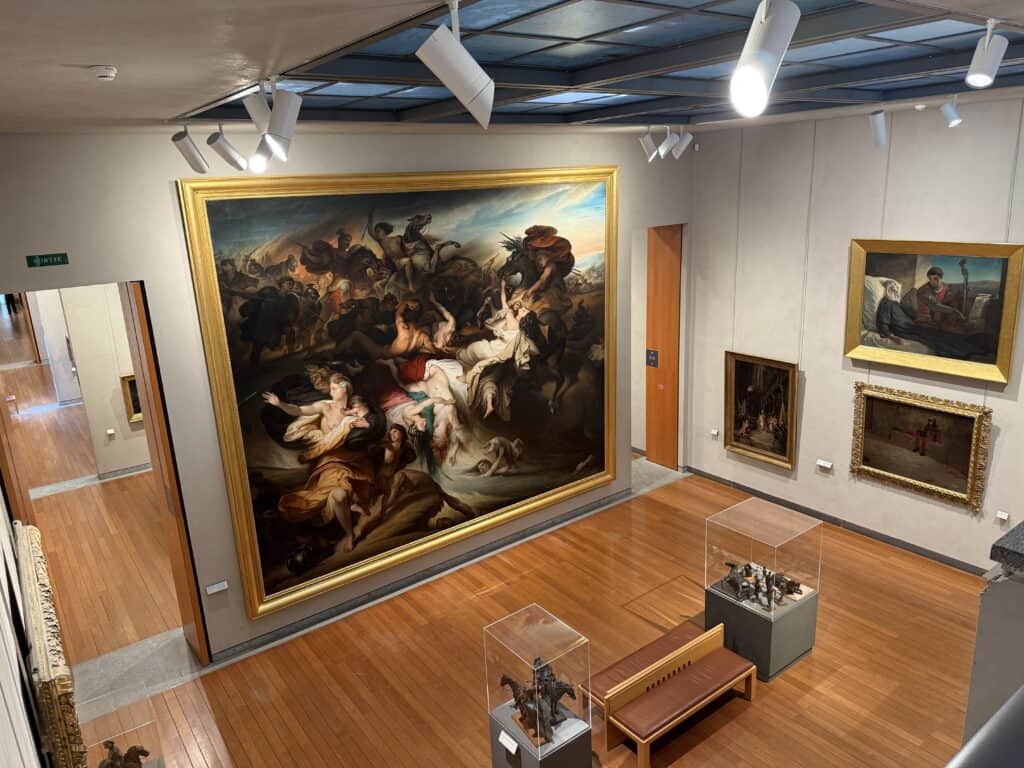
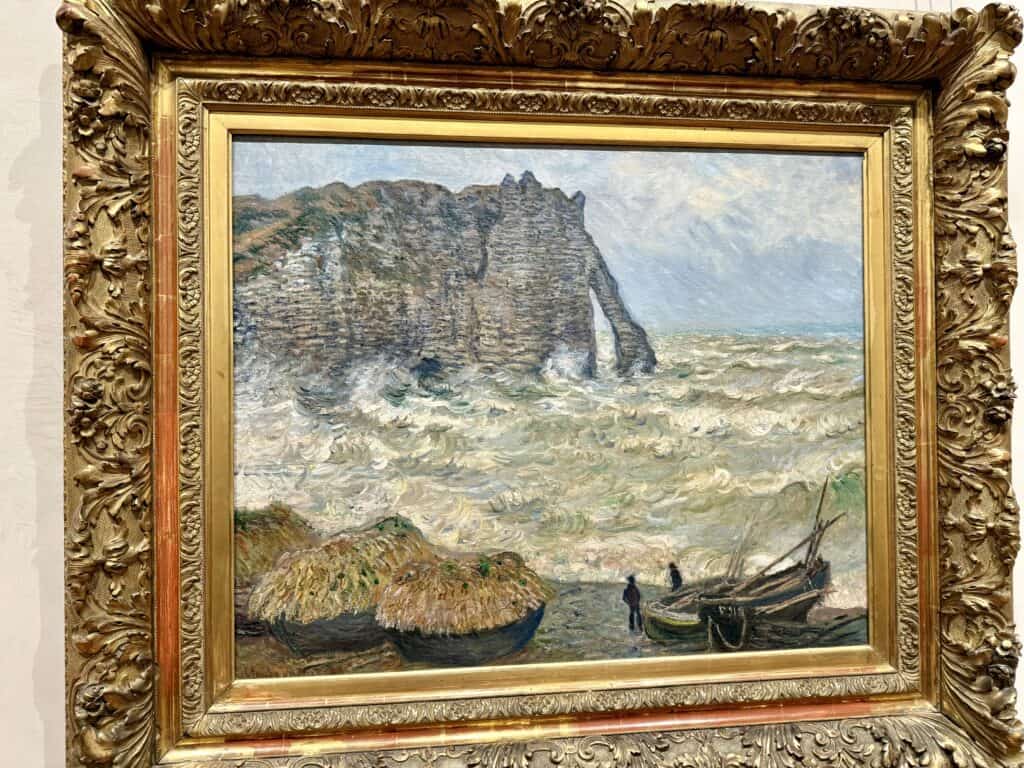
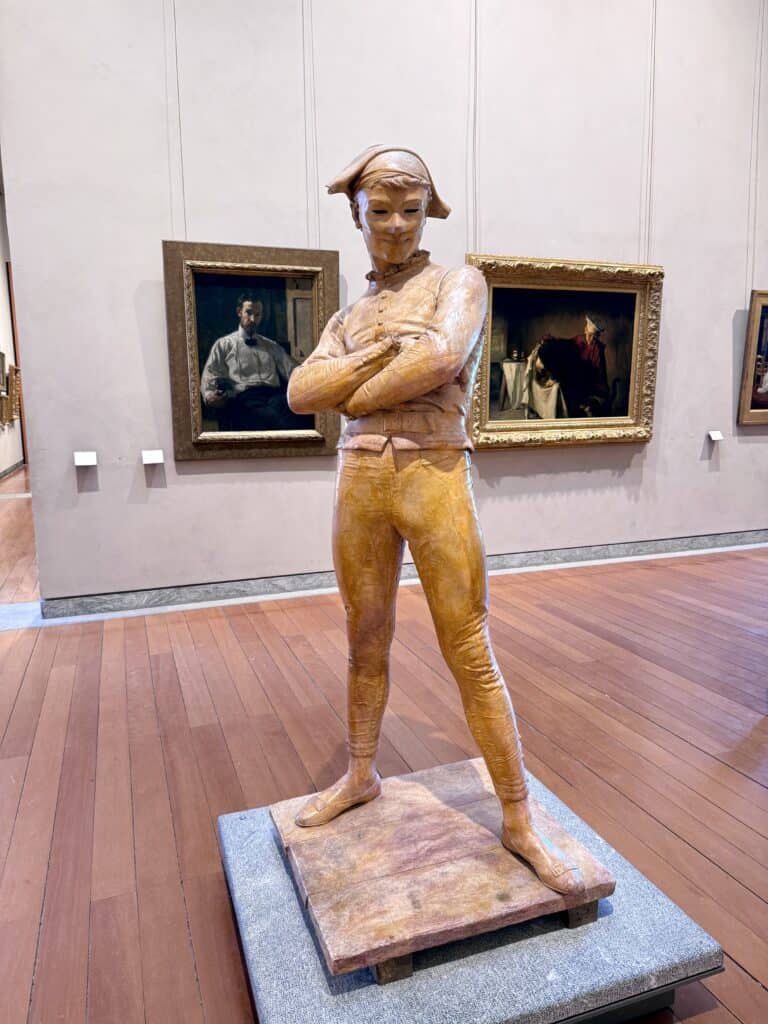
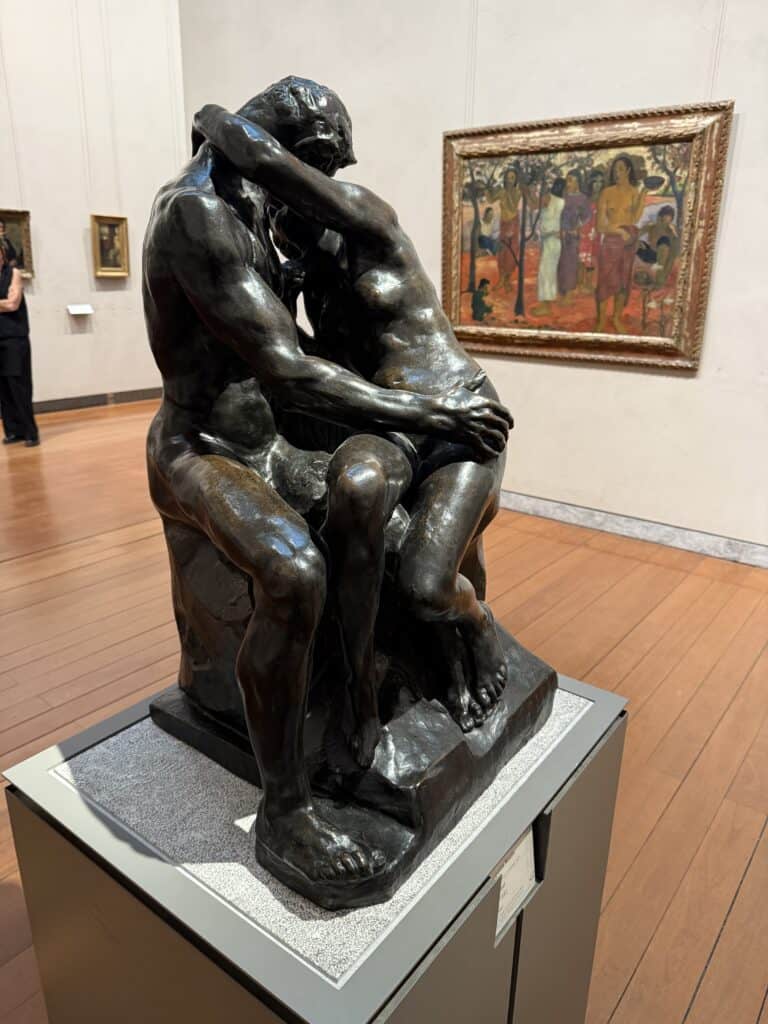
Resistance and Deportation History Center
The Center is symbolically located in a former military school that was used by the Gestapo during World War II. It was here that Klaus Barbie, a/k/a The Butcher of Lyon, tortured, deported, and sentenced to death countless numbers of Jewish residents and members of the Resistance.
The displays cover the period from 1939 to 1945. Lyon, located in Free France, was the center of the French Resistance during most of that time. It has an extensive collection of posters, letters, flyers, newspapers published by the Resistance, personal interviews, and scores of other fascinating artifacts. (Nearly all the information is in French, but a thick booklet of information in English is provided at no cost, or an audioguide is available for a nominal fee.)
There is an additional exhibit devoted to the story of Klaus Barbie, concluding with his post-war trial and conviction for crimes against humanity.
Despite covering some of the absolute worst of humanity, the Center provides a great deal of inspiration. The bravery, ingenuity, and determination of so many ordinary people in the most terrifying and barbaric of circumstances is astonishing.
Musée des Confluences
This modern museum, made of glass, stainless steel, and concrete, is a striking contrast to the historic architecture of much of Lyon. It is named for its location, at the confluence of the Rhône and the Saône rivers.
Focusing on natural science and anthropology, the permanent exhibits of the museum explore the questions from ancient times to the present day about where humans came from, the links between animals and humans, how we build societies, and how we deal with death.
The enormous structure also houses space for up to five temporary exhibits.
Shopping
Shopping opportunities abound in Lyon. Depending on your mood, below are some of the most popular places:
Vieux Lyon, described above, is bursting with interesting little shops, where visitors can find books, souvenirs, jewelry, clothing, gourmet food, silk, and much more.
Rue de République, on the Presqu’île, is a major shopping street in Lyon, extending from Place Bellecour to Place de la République. The wide, mostly car-free street is lined with upscale shops ranging from large international chains to local stores to Printemps department store.
The street is also dotted with cafés and restaurants, as well as a historic theater, a lovely fountain, a basilica, and a cinema.
Just a few minutes’ walk away from Rue de République, Carré d’Or, also on the Presqu’île, is an exclusive, luxury shopping area with more than 70 boutiques, including Chanel, Louis Vuitton and Hermès.
For visitors seeking an indoor mall, Westfield La Part-Dieu delivers. It is one of the largest shopping centers in France, and features a Galeries Lafayette department store, more than 250 other retail shops, scores of restaurants, and an 18-screen cinema. The mall is located right next to Lyon’s train station: Gare de Lyon Part-Dieu.
Lyon also has markets in nearly every neighborhood; in fact you can find multiple markets open every day of the week. A summary of the top markets and their operating hours in every area of the city can be viewed here.
Gastronomy
Lyon is considered the “Gastronomic Capital of France,” which is really saying something. Many even go so far as to say it is the Gastronomic Capital of the World! One thing is certain: Lyonnais people are serious about their food. From the grocery stores to the outdoor markets to even the smallest of restaurants, the highest level of freshness, seasonality, and quality is demanded.
To understand Lyon is to understand the food. And to understand the food is to understand the history.
The Silk Trade
Many of Lyon’s most traditional foods are based on dishes created by workers in the silk trade, which was centered in Lyon from the 15th to the 19th centuries.
The silk trade is so embedded in Lyon’s history that even the tram cars are shaped like silk worms, in a nod to the past.

Silk workers and other poverty-stricken citizens of Lyon were forced to get creative and make food out of what they could find, and what they could afford: “offal”. Offal refers to parts of animals that most of us don’t eat, such as feet, tripe, tongues, and organs. Their creativity turned offal into quite the opposite of awful, and using it is an integral and delicious part of cuisine in Lyon today.
Bouchons
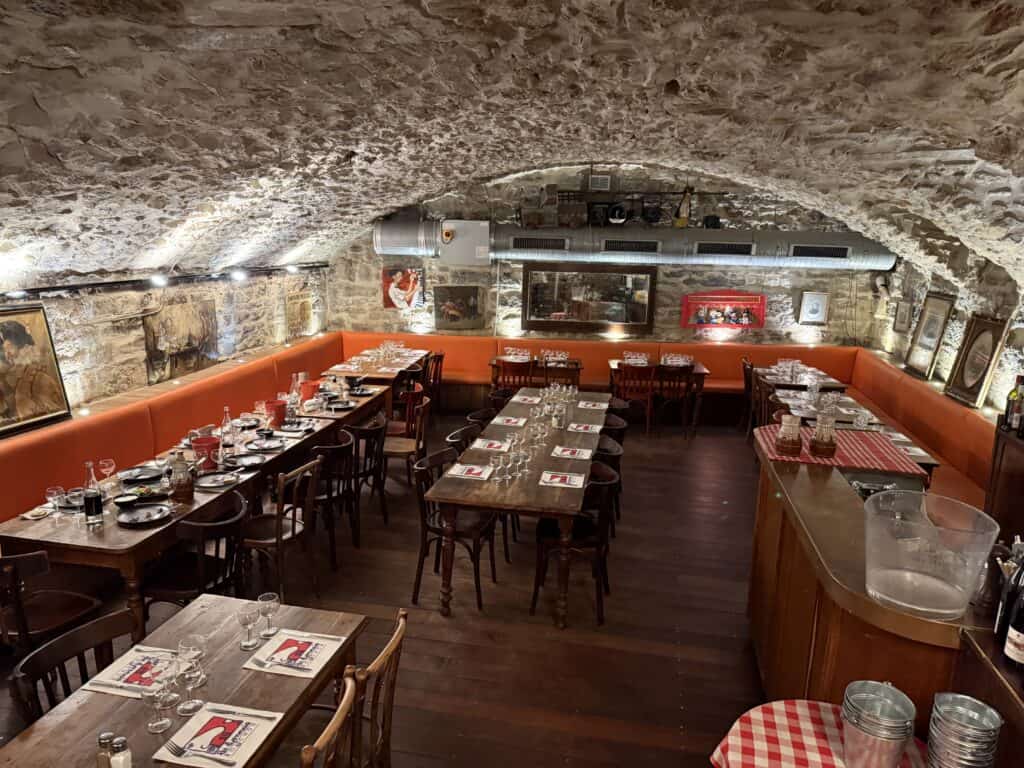
A “Bouchon” is a type of eatery unique to Lyon. Bouchons serve authentic, inexpensive, and hearty Lyonnaise cuisine, such as sausages, pâtés, pork, and lots of other things made with offal. (Very few vegetables!) Typically, customers sit at long tables with many others, and boisterous conversation is expected.
Bouchons are popular and can be found all over the city. A trip to Lyon would not be complete without eating in a one!
Why are they called bouchons? In the 17th & 18th centuries, when the silk trade was booming in the area, silk workers were always on the move and were very poor. The Lyonnaise people and innkeepers would put wisps of straw above their door to indicate their willingness to provide the workers with a warm welcome and a filling meal at an affordable price. The wisps of straw were called bouchons. (Well, at least that is one theory of where the name came from.)
Les Halles de Lyon – Paul Bocuse
To comprehend the significance of Les Halles de Lyon – Paul Bocuse, one must understand the evolution of gastronomy in Lyon.
Lyon cuisine owes a great deal to women known as the Mères Lyonnaises (mothers of Lyon). As early as the 1700s, women, many of whom had worked as cooks for influential families, started setting up their own businesses with recipes they’d developed. Sometimes they just operated out of their homes or outside in the open air. Each generation trained the next.
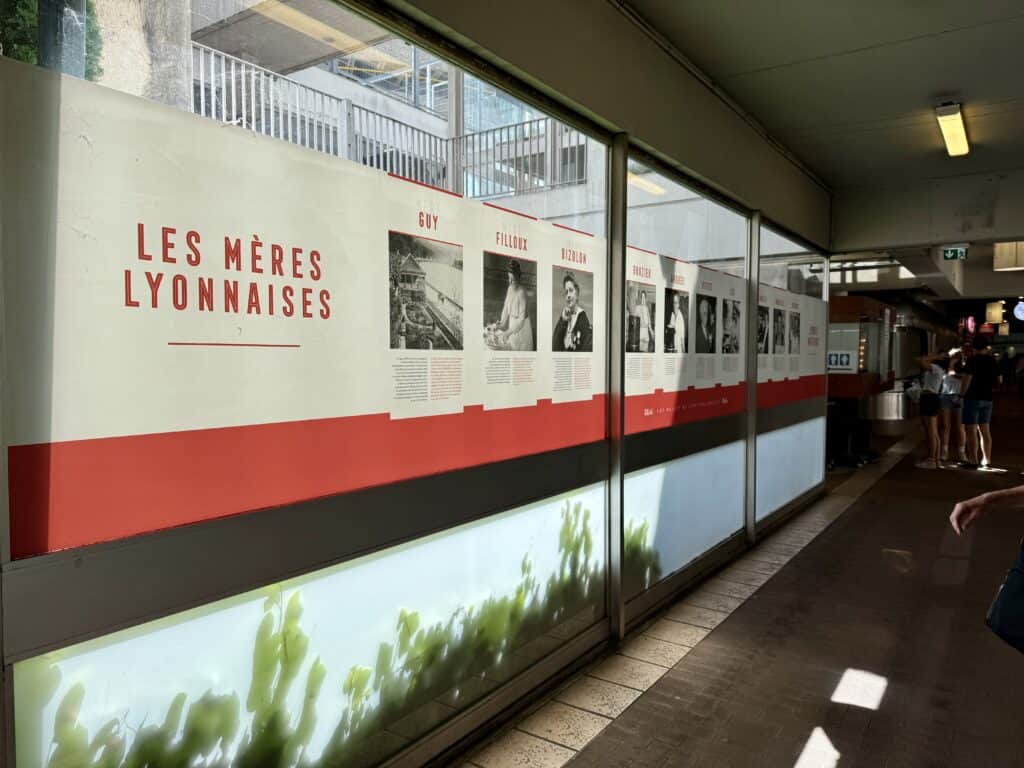
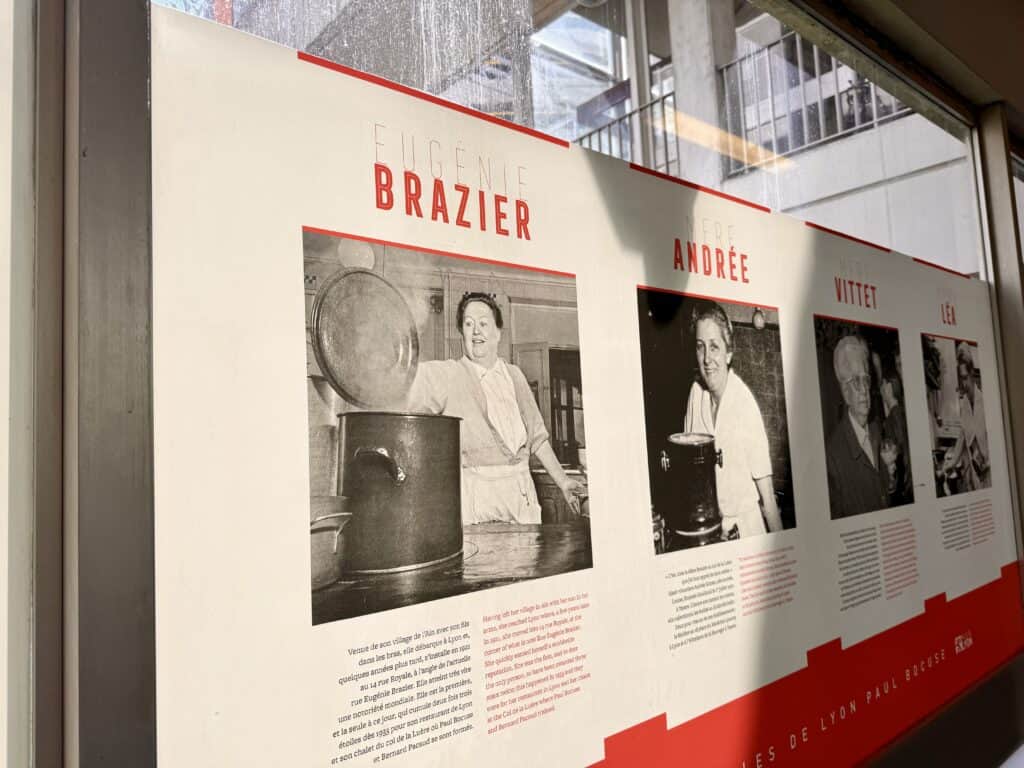
The most famous of these women is Mère Eugénie Brazier, who, in 1933, became the first person to earn three Michelin stars in two different establishments. Her record stands today! One of her restaurants, named La Mère Brazier, kept its three stars from 1933 until 1968, when she retired. (The restaurant is still in operation, see below.)
Mère Brazier and many other mères started training promising young chefs, female and male. Among the chefs trained by Mère Brazier is Paul Bocuse. With what he learned from Brazier, Bucose went on to become an internationally acclaimed chef, winning pretty much every major cooking award there is.
Bucose single-handedly changed French cooking for the better by introducing nouvelle cuisine to the country – a lighter, more delicate way of cooking, emphasizing presentation. (But no worries, there is still lots of butter!) Bucose is an absolute legend in Lyon, and was adored until his death in 2018 at the age of 92.
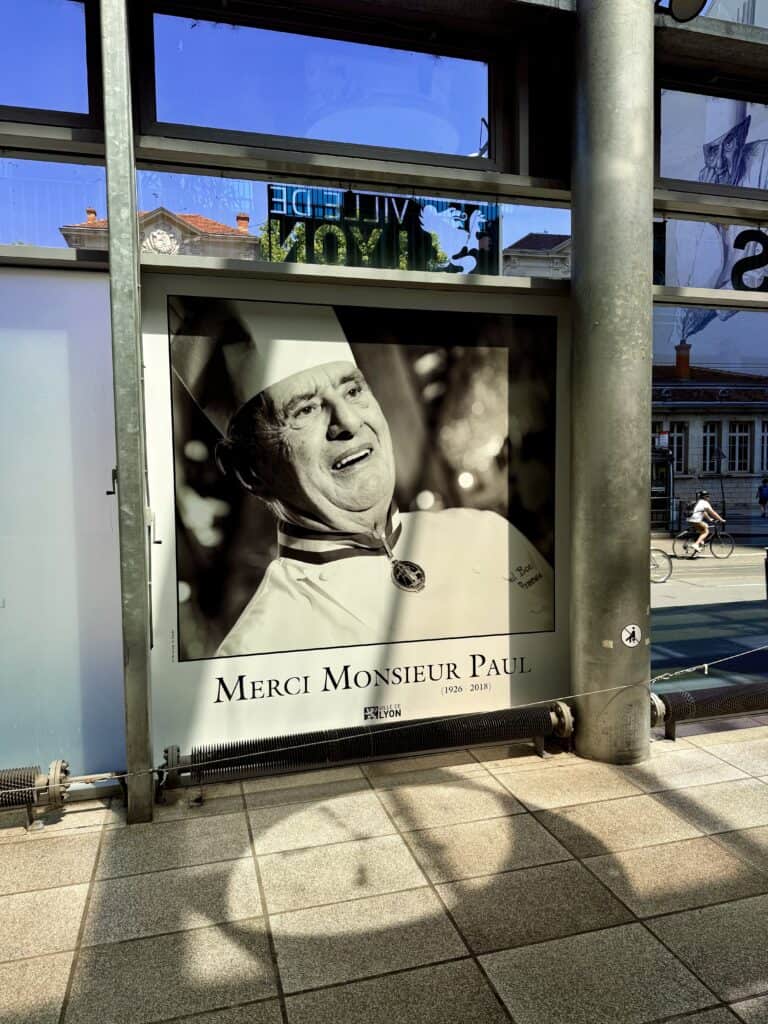
Les Halles de Lyon – Paul Bocuse is an enormous indoor market offering the finest food available. It has butchers, bakers, fishmongers, cheese mongers, chocolatiers, bakers, the freshest of produce, dried meats, poultry, truffles, spices, flowers, and anything else food-related you can think of. There are also numerous sit-down bars and restaurants.
For chefs or vendors to even rent a space in the market, they have to go through a grueling vetting process, where both their products and reputations are put to the test, to ensure the market only has the best of the best.
Les Halles is an amusement park for foodies.
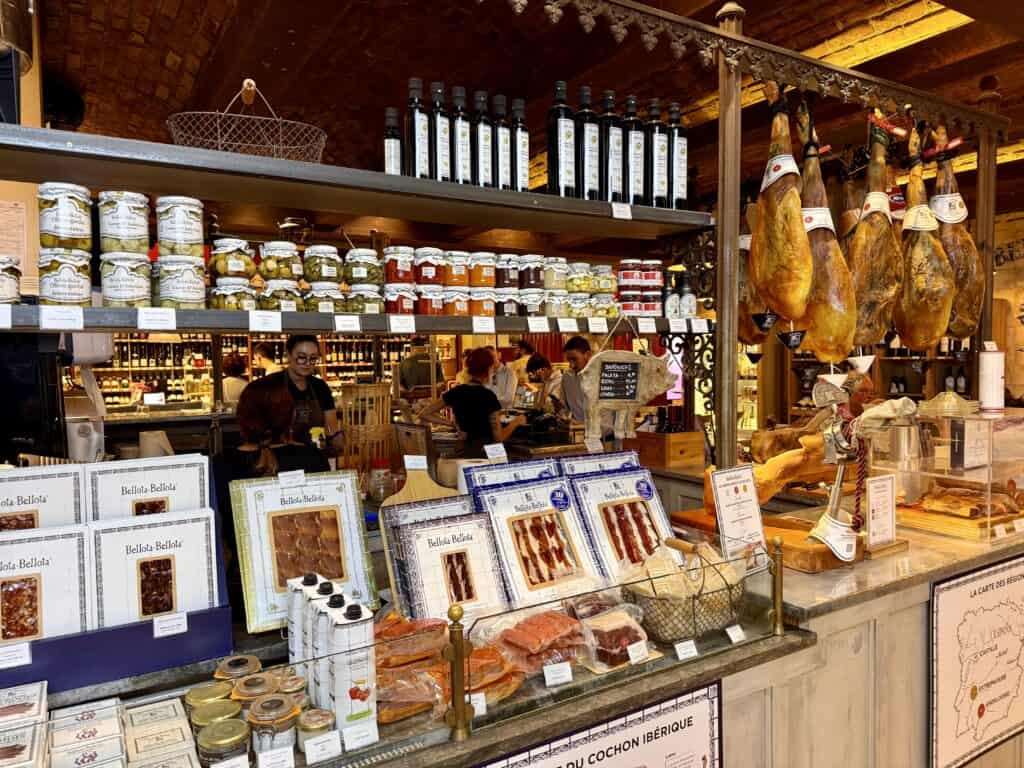
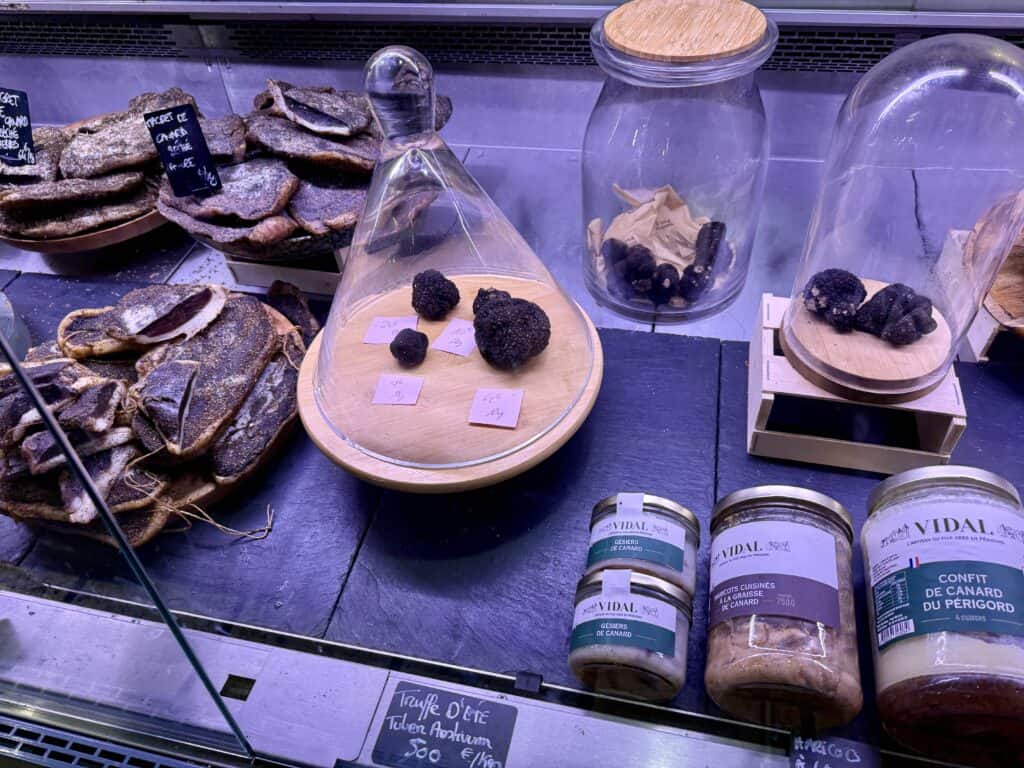
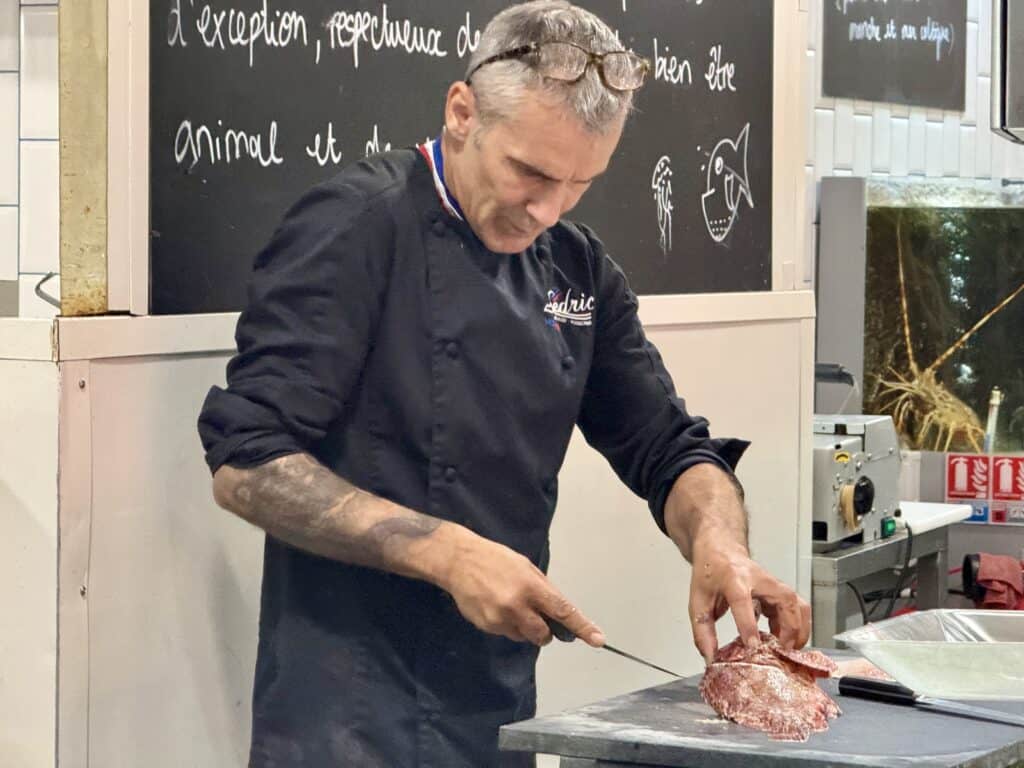
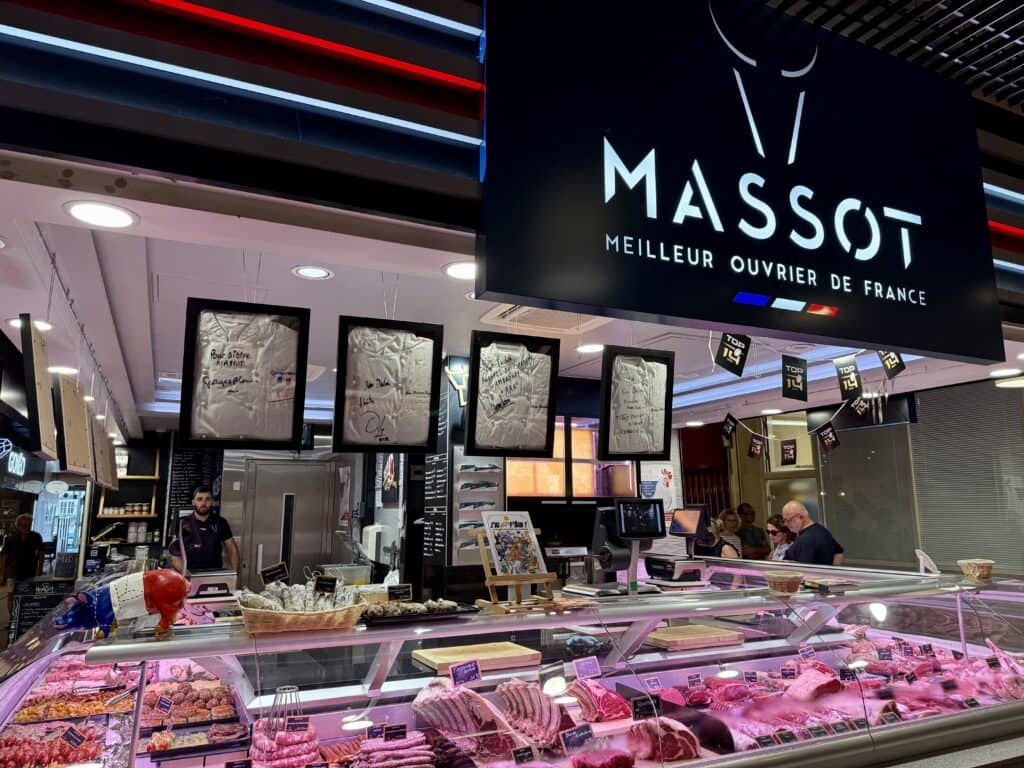
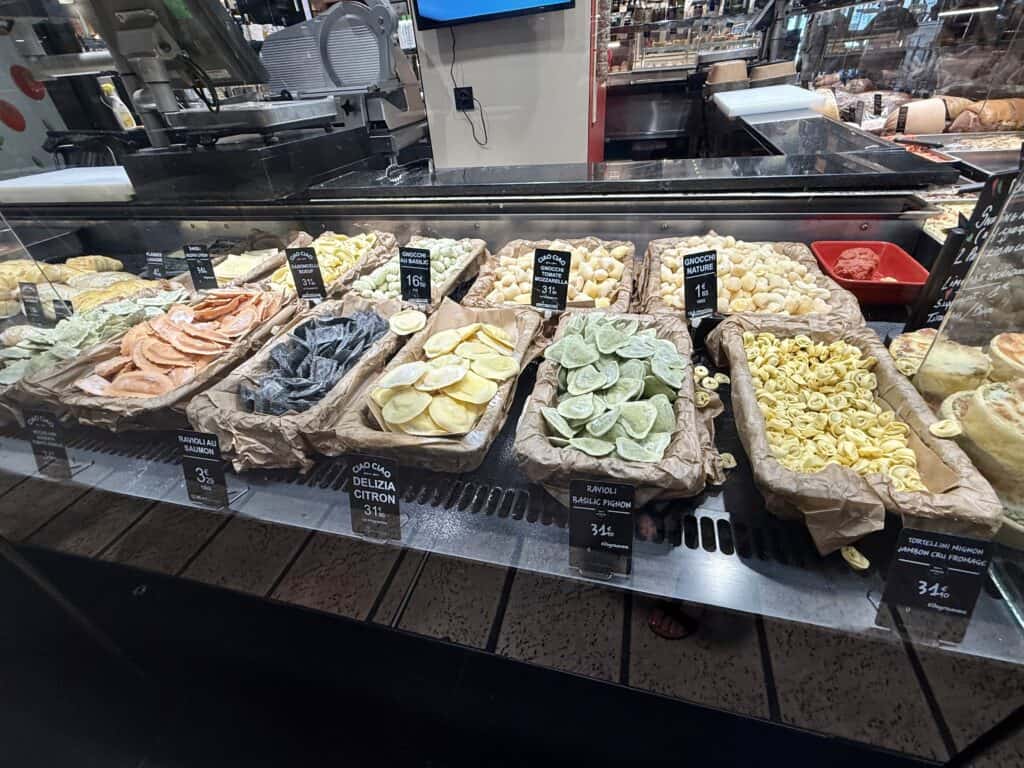
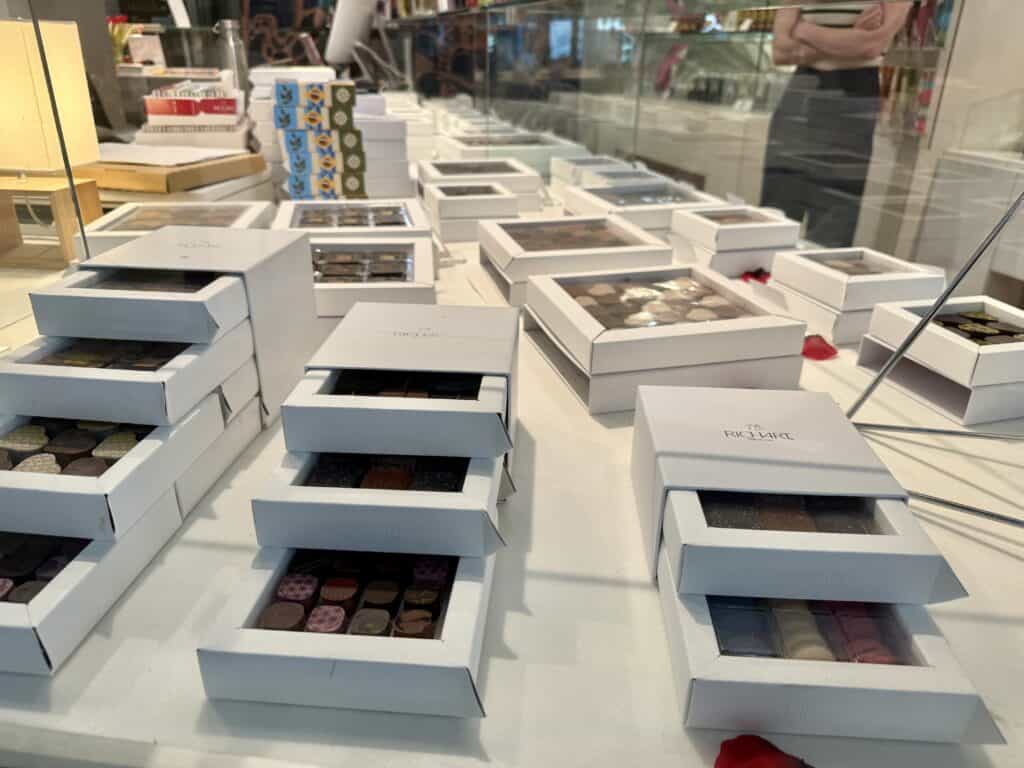
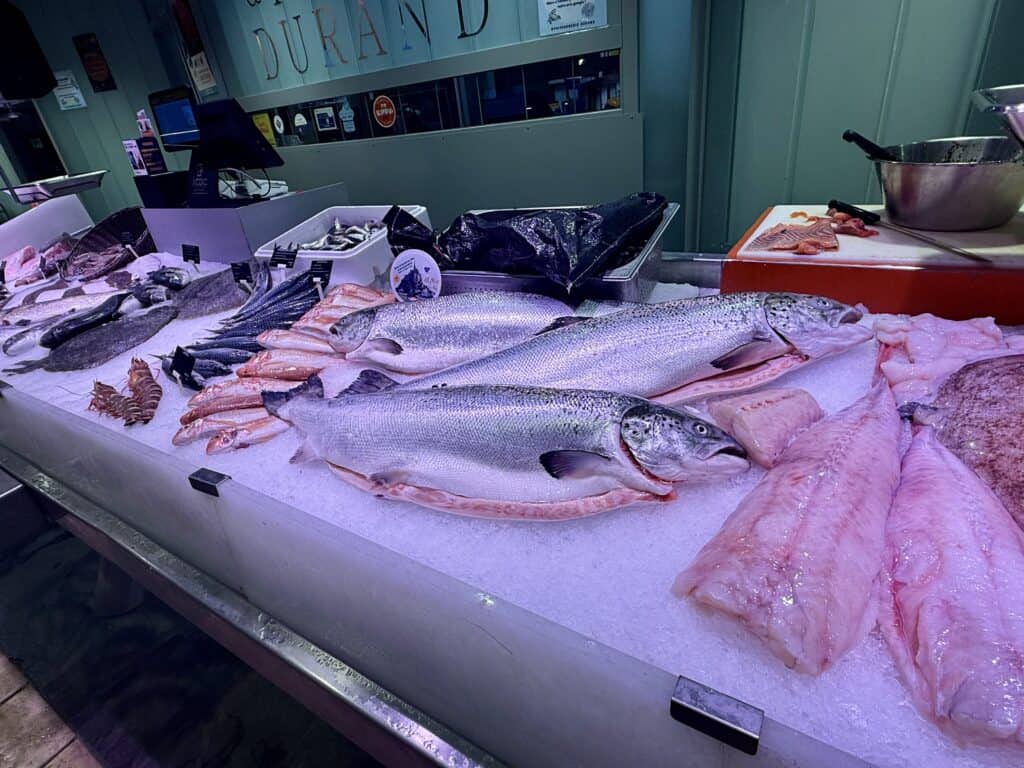
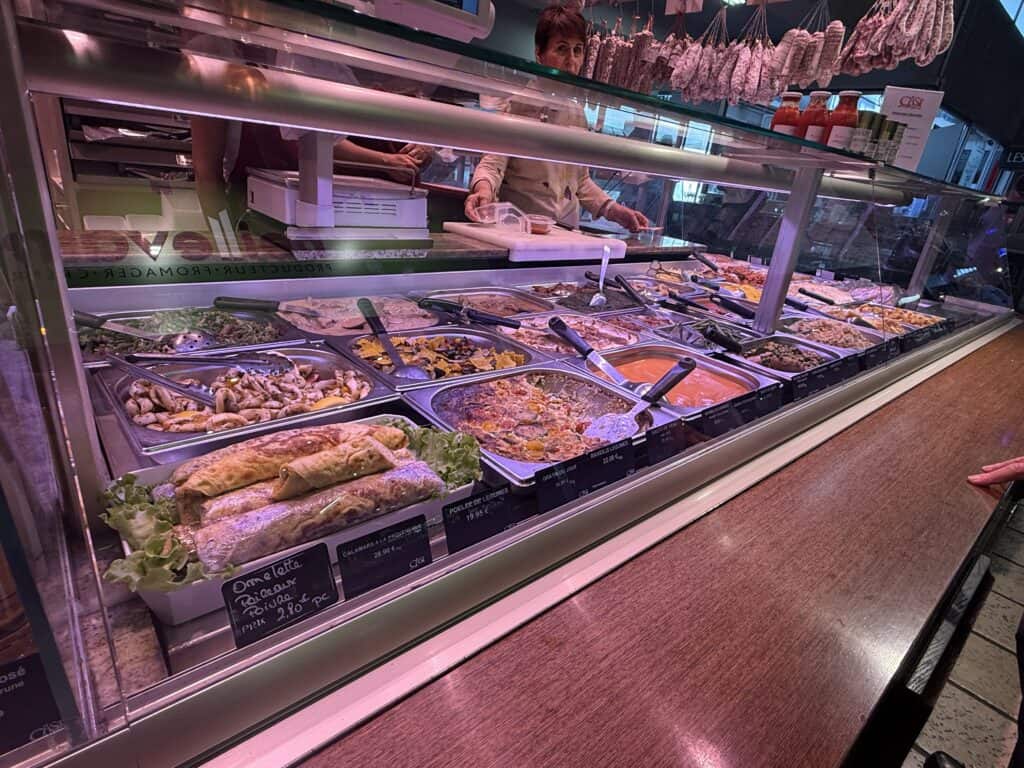
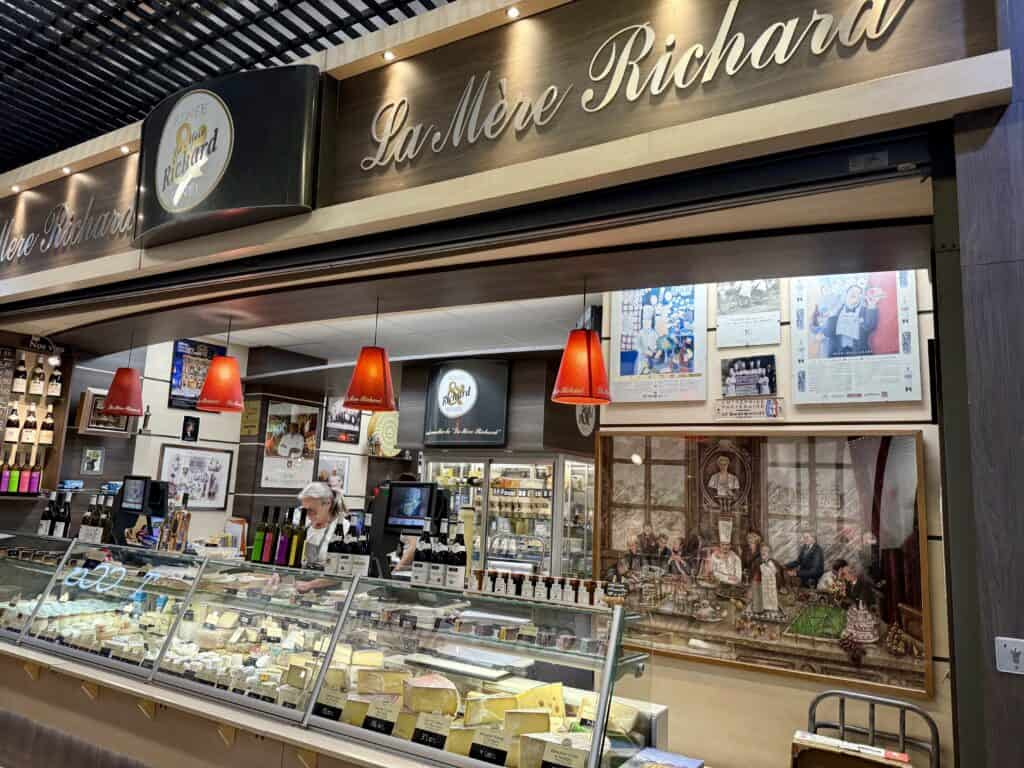
Michelin-Starred Restaurants
Lyon is famous for being a premier training ground for chefs who go on to earn Michelin stars. Of course not all of them leave the city, and therefore Lyon is spoiled for outstanding dining choices, including a significant number of Michelin-recognized restaurants.
Does that sound intimidating, formal, and expensive? It can be. But it doesn’t have to be! For instance, several bouchons (described above) have earned Michelin recognition, such as Daniel & Denise in Vieux Lyon and Le Bouchon Sully in Part-Dieu.
For a more elegant and formal Michelin meal, try the fabled La Mère Brazier, where current Chef Mathieu Viannay offers his tribute to the famous mère (described in the Les Halles section above) who originally opened the restaurant 80+ years ago.
Or, if you decide to stay at Villa Florentine in Vieux Lyon, they have an excellent Michelin-starred restaurant, Les Terrasses de Lyon, with a panoramic dining room overlooking the whole city. (Even if you don’t stay there, it’s worth the stair-climb to experience it.)
Eating at either of these restaurants for lunch can provide that extraordinary Michelin experience for a more palatable (pardon the pun) price.
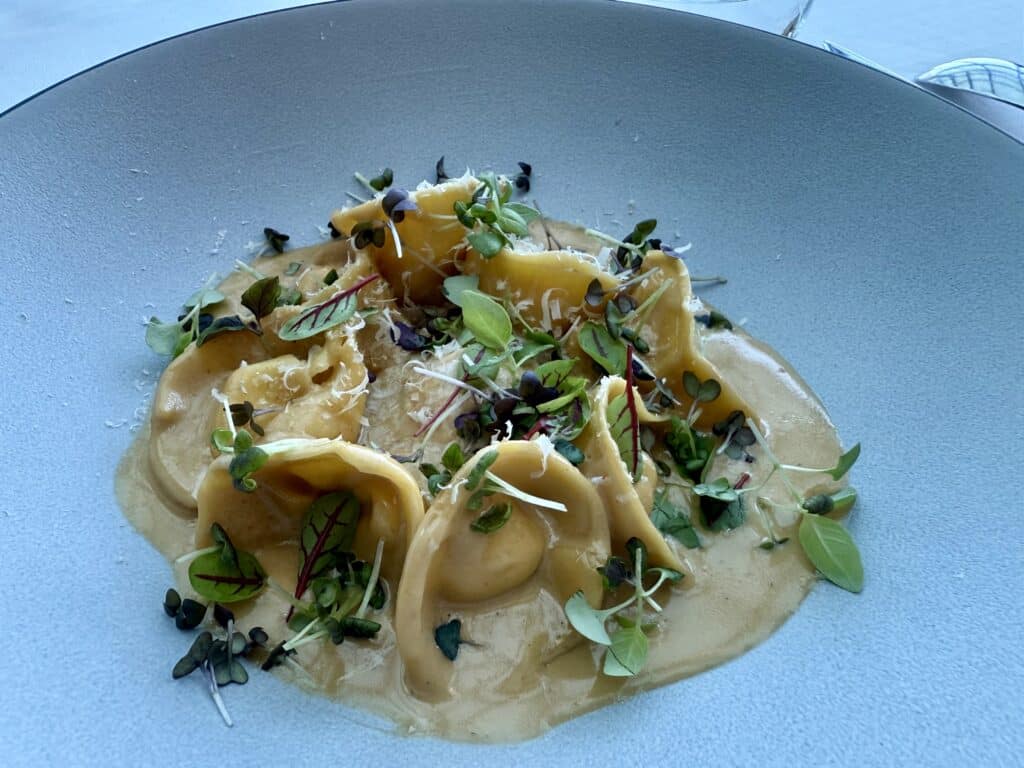
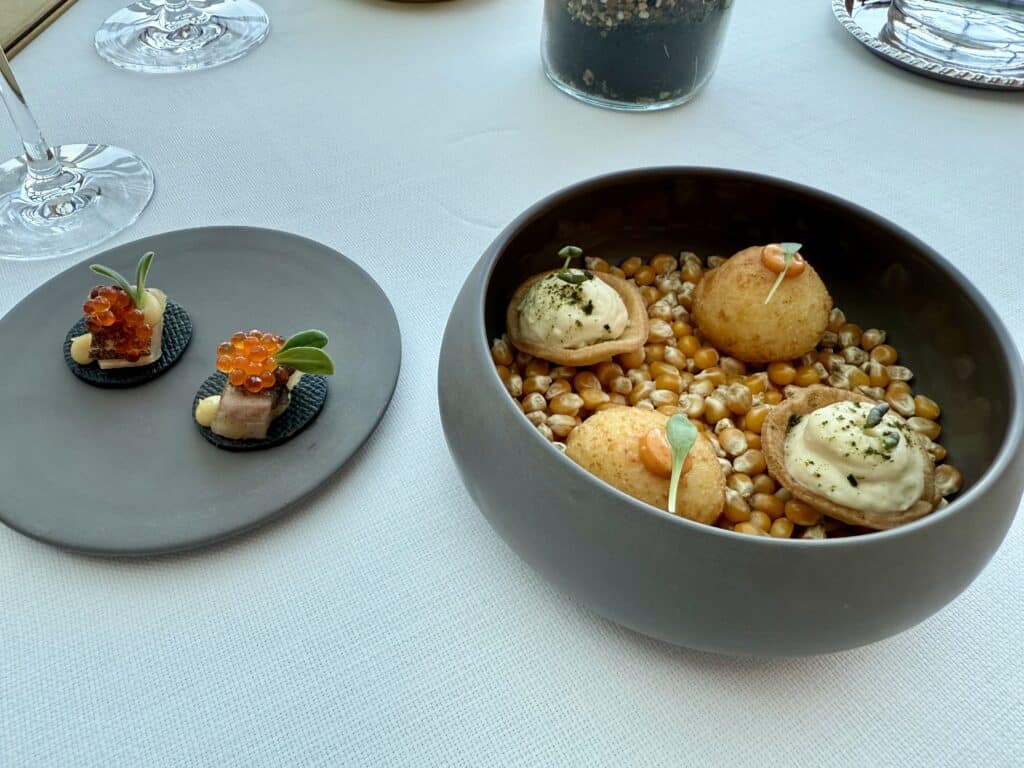
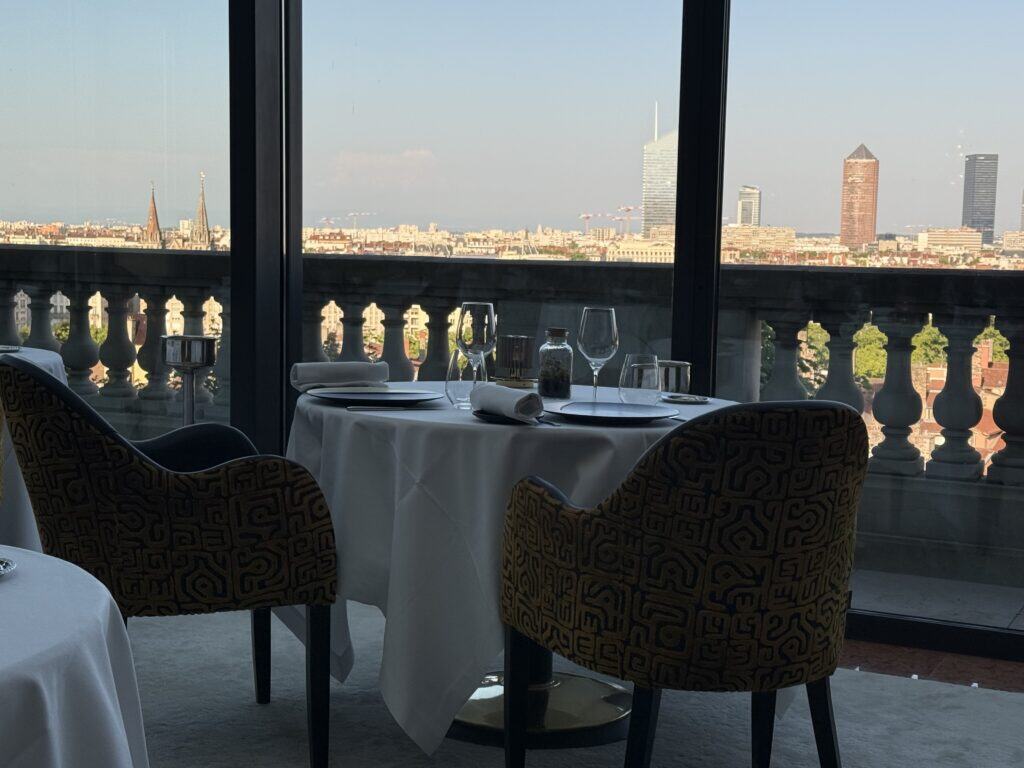
There are dozens of other Michelin-recognized restaurants in the city. But don’t get too hung up on that. There are hundreds of outstanding restaurants in Lyon to choose from that have either chosen not to compete for the recognition or have flown under the radar. You can easily have the meal of a lifetime without worrying about awards. It is hard to go wrong in this city.
If you’re continuing your travels in France, check out our articles on Provence, Bordeaux, and repeat visits to Paris!
Discover more from Werthwhile Wandering
Subscribe to get the latest posts sent to your email.
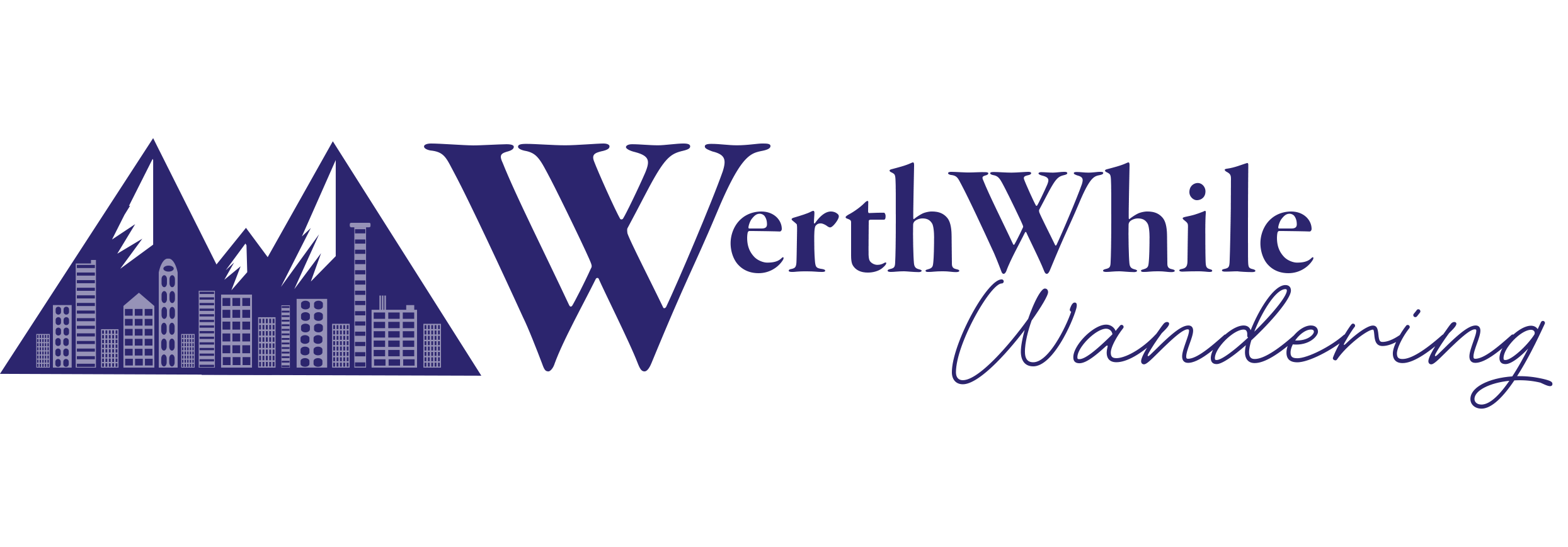
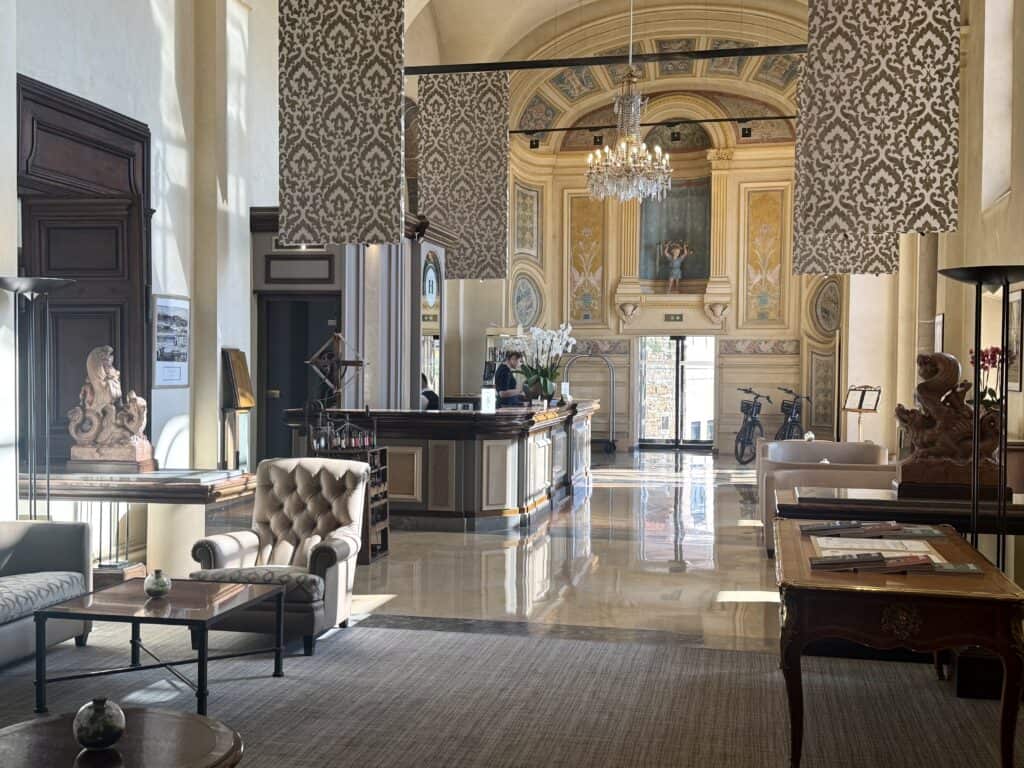
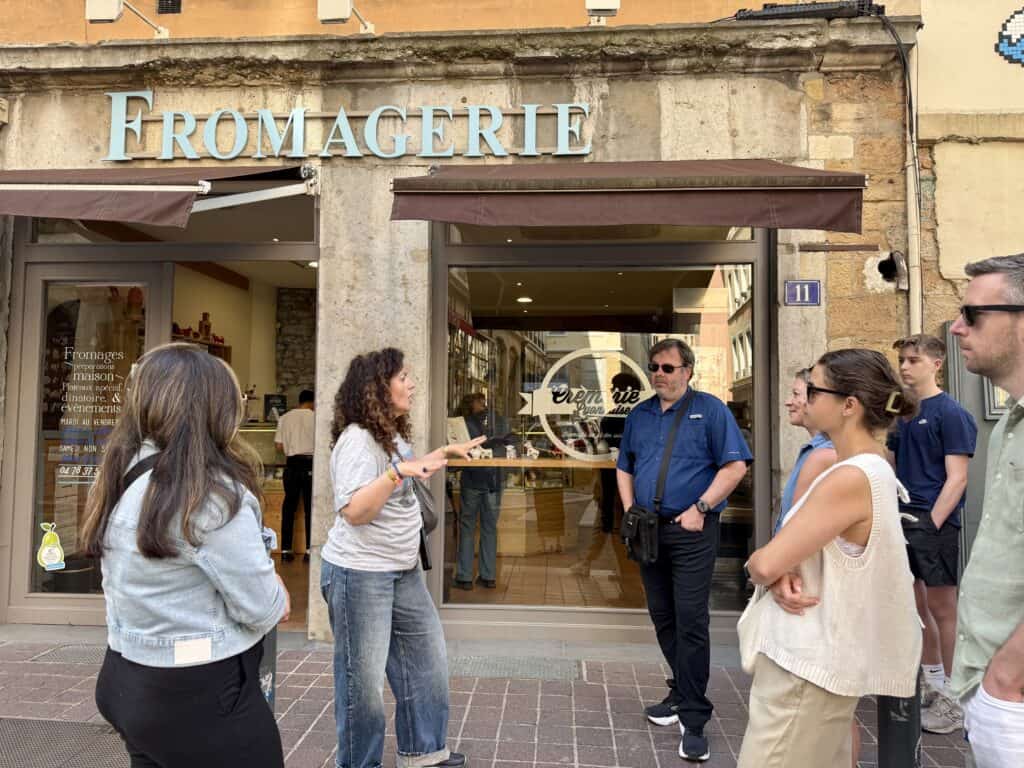
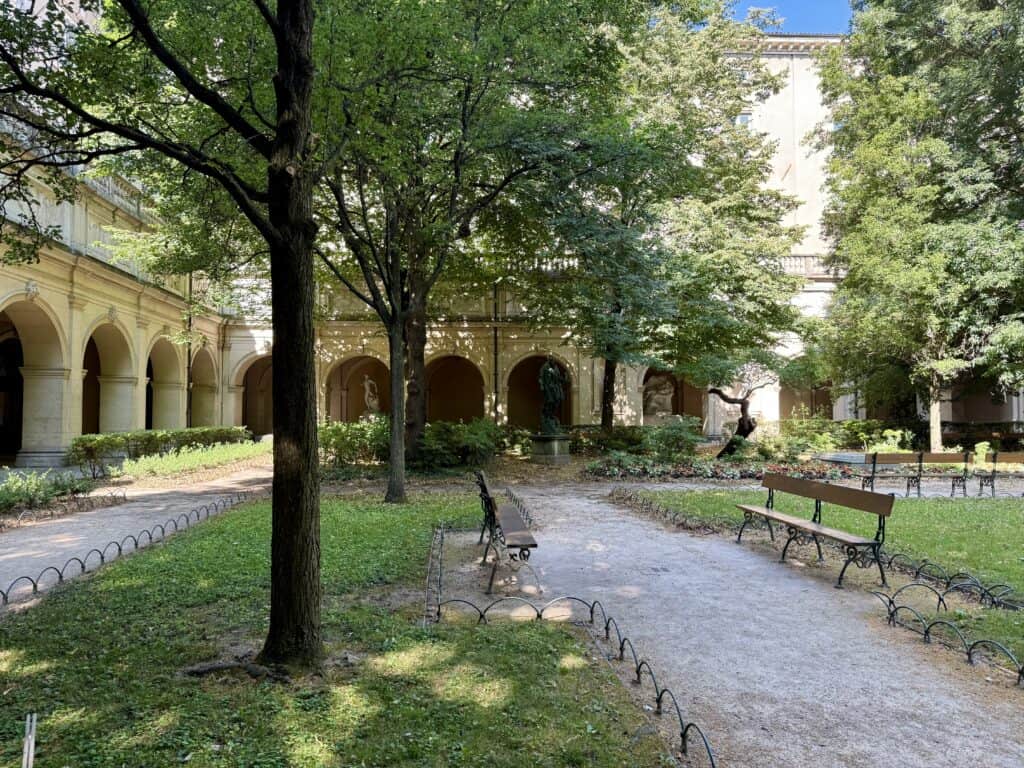
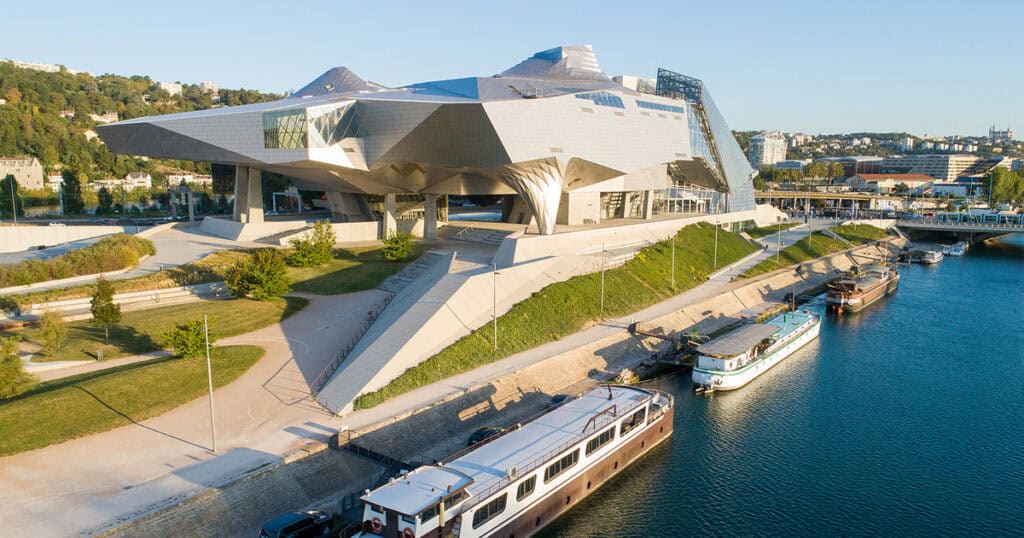
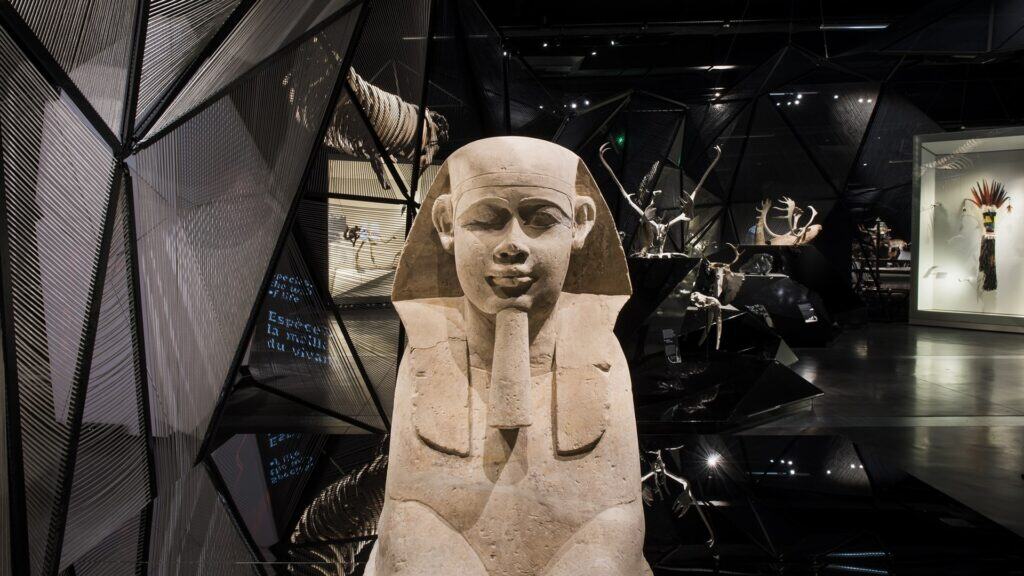
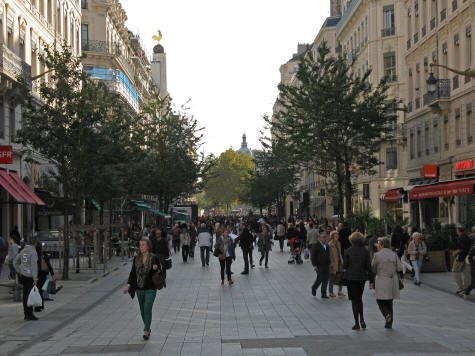
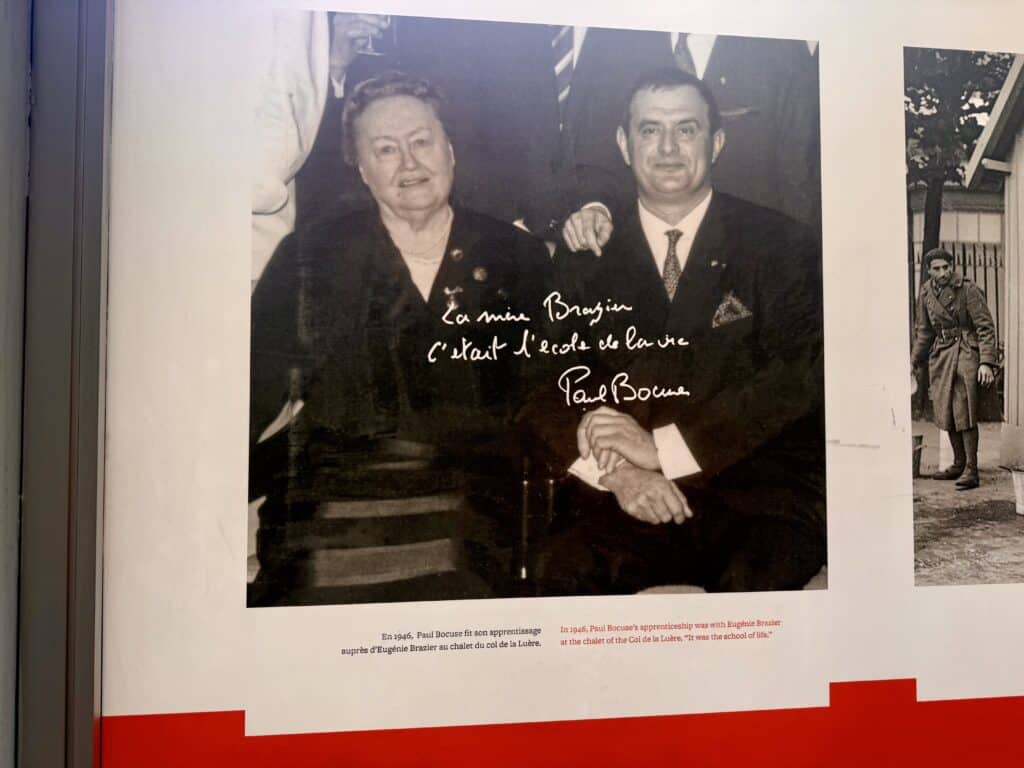




You have a wonderful point-of-view on travel and your articles are well written.
Thank you so much!